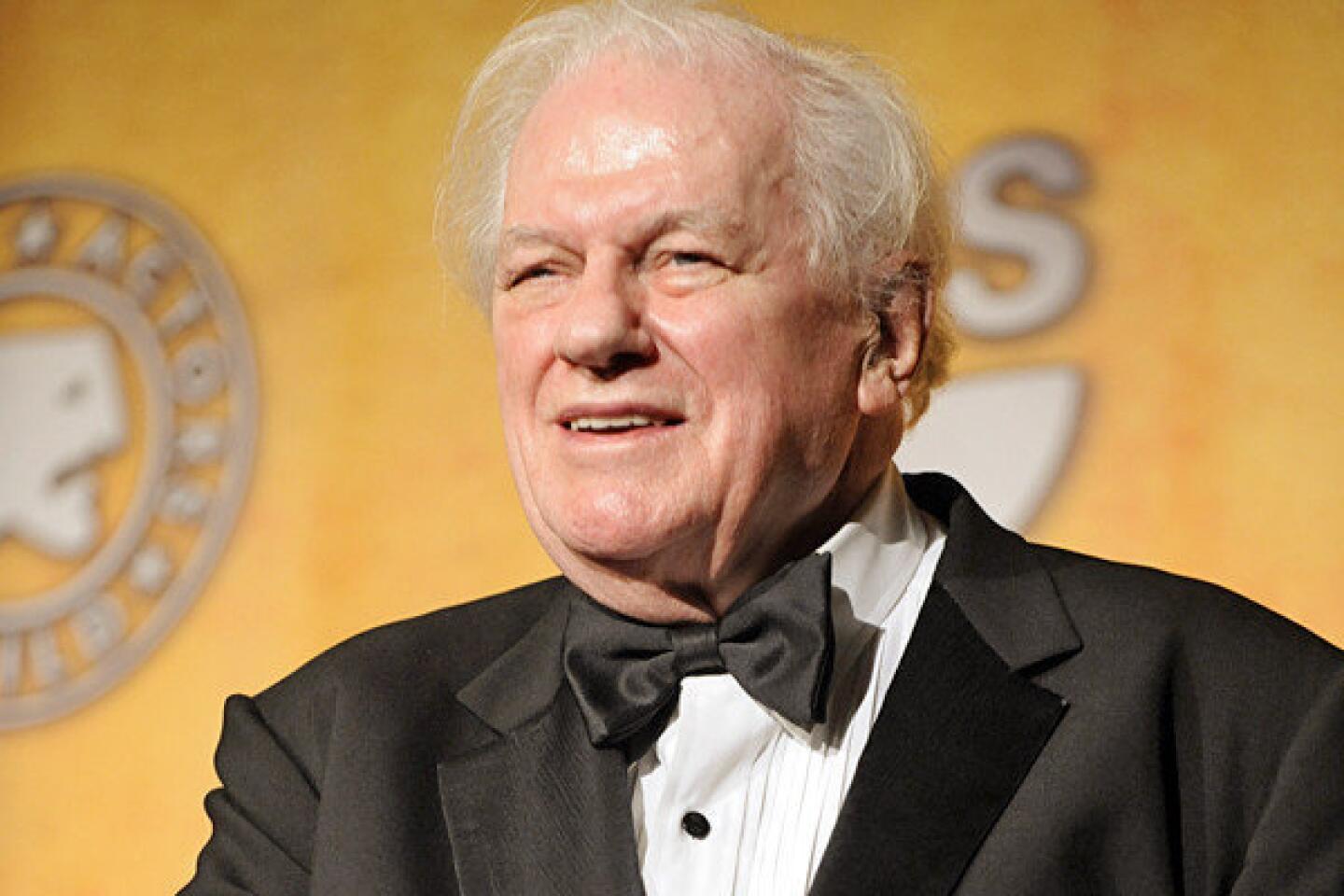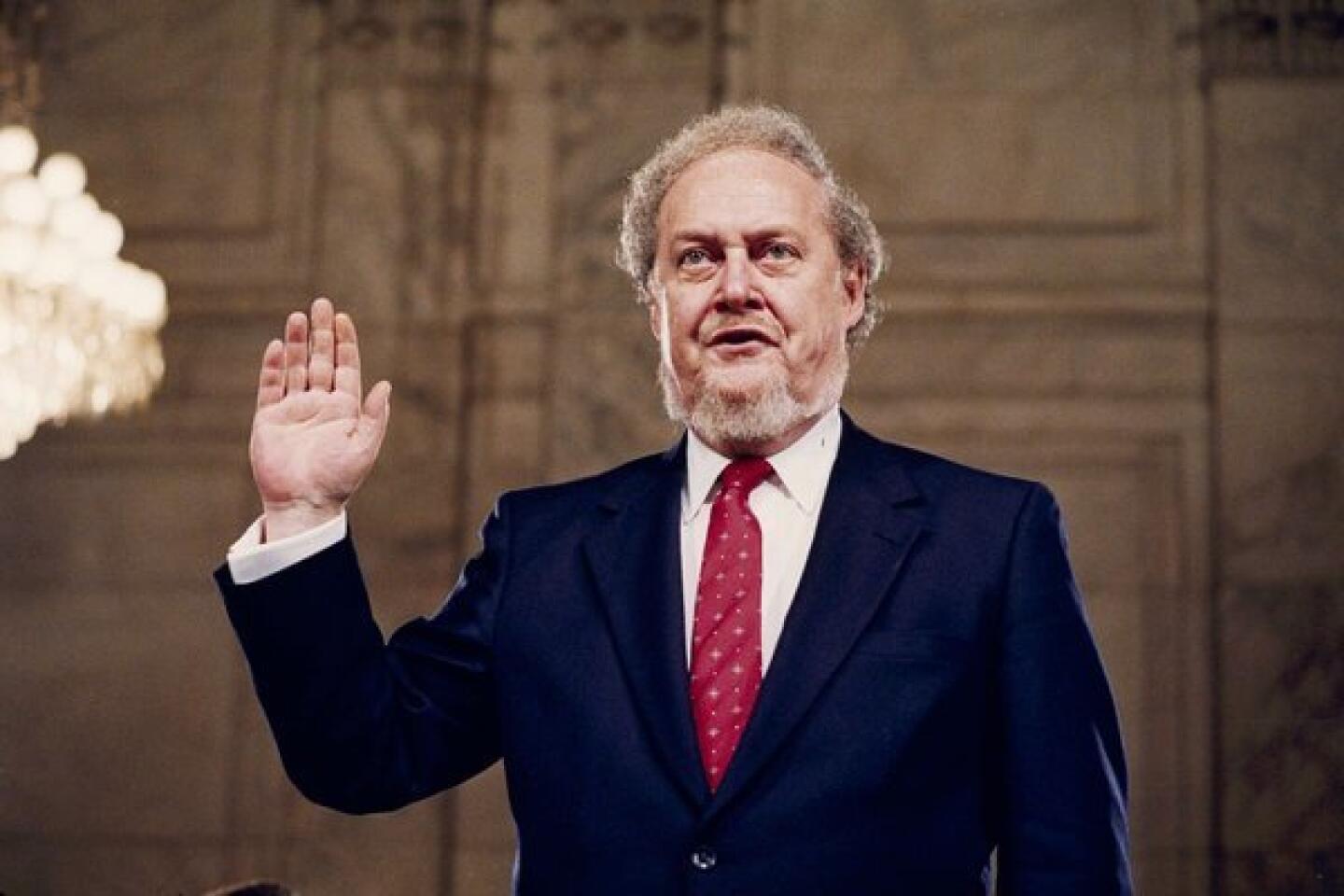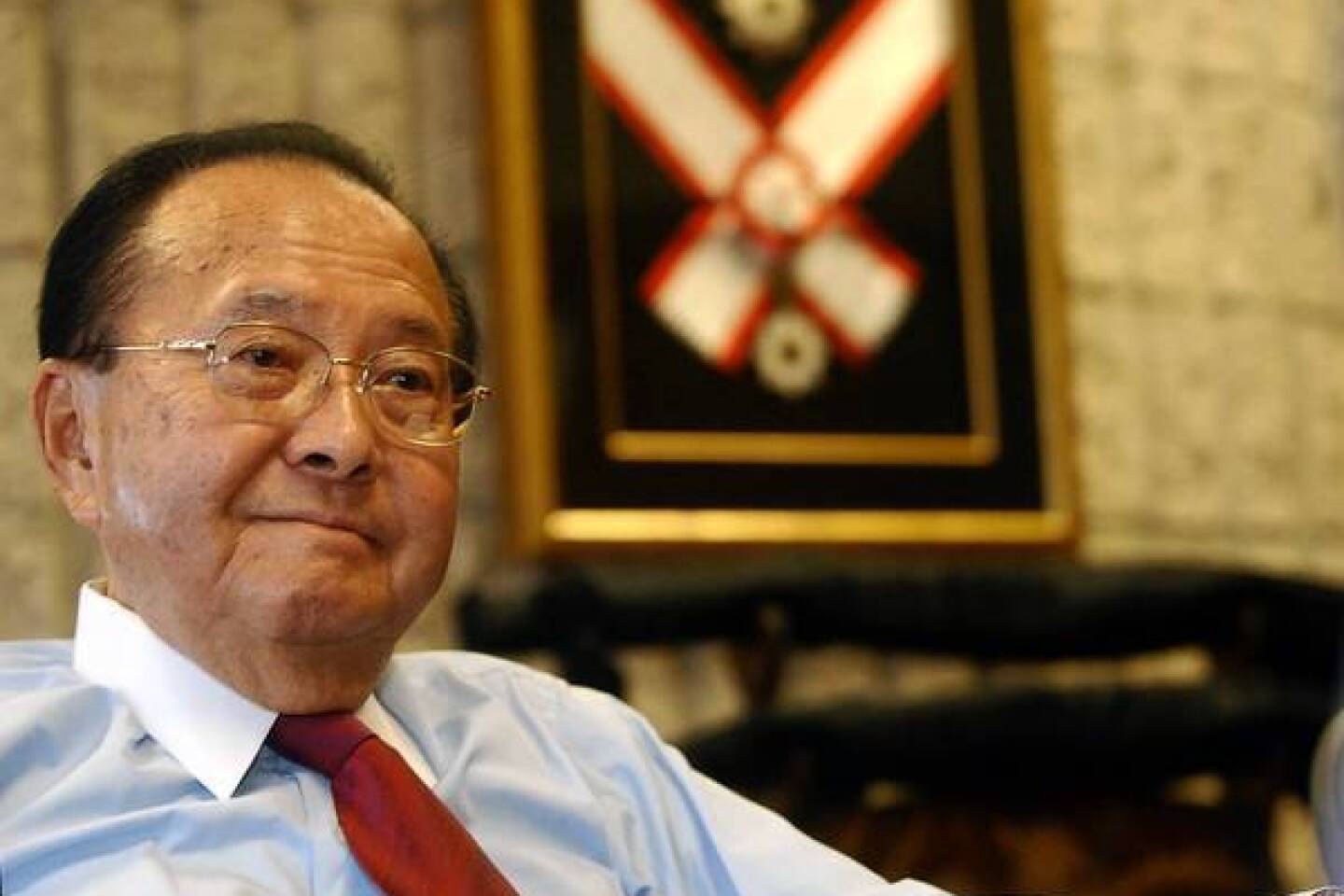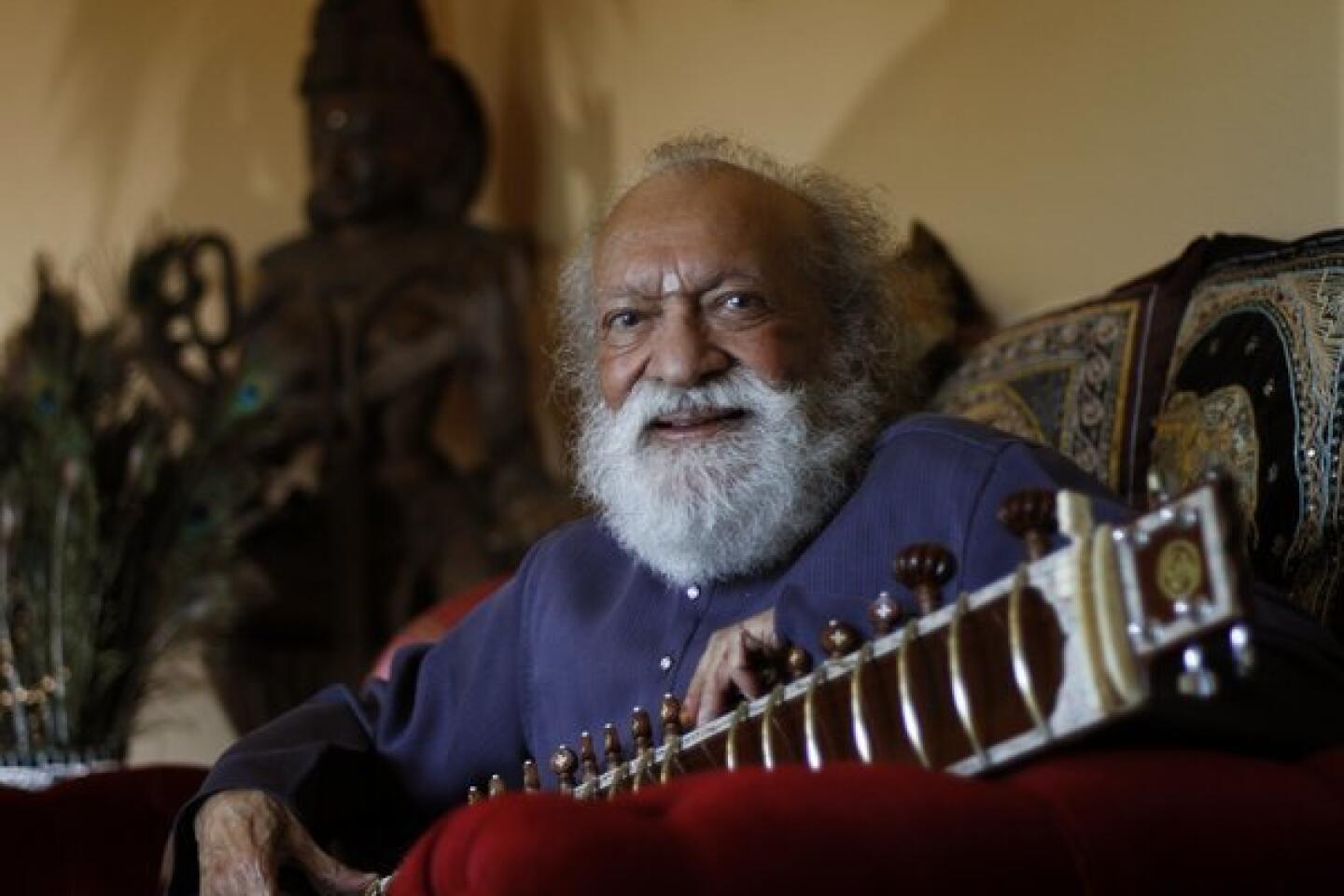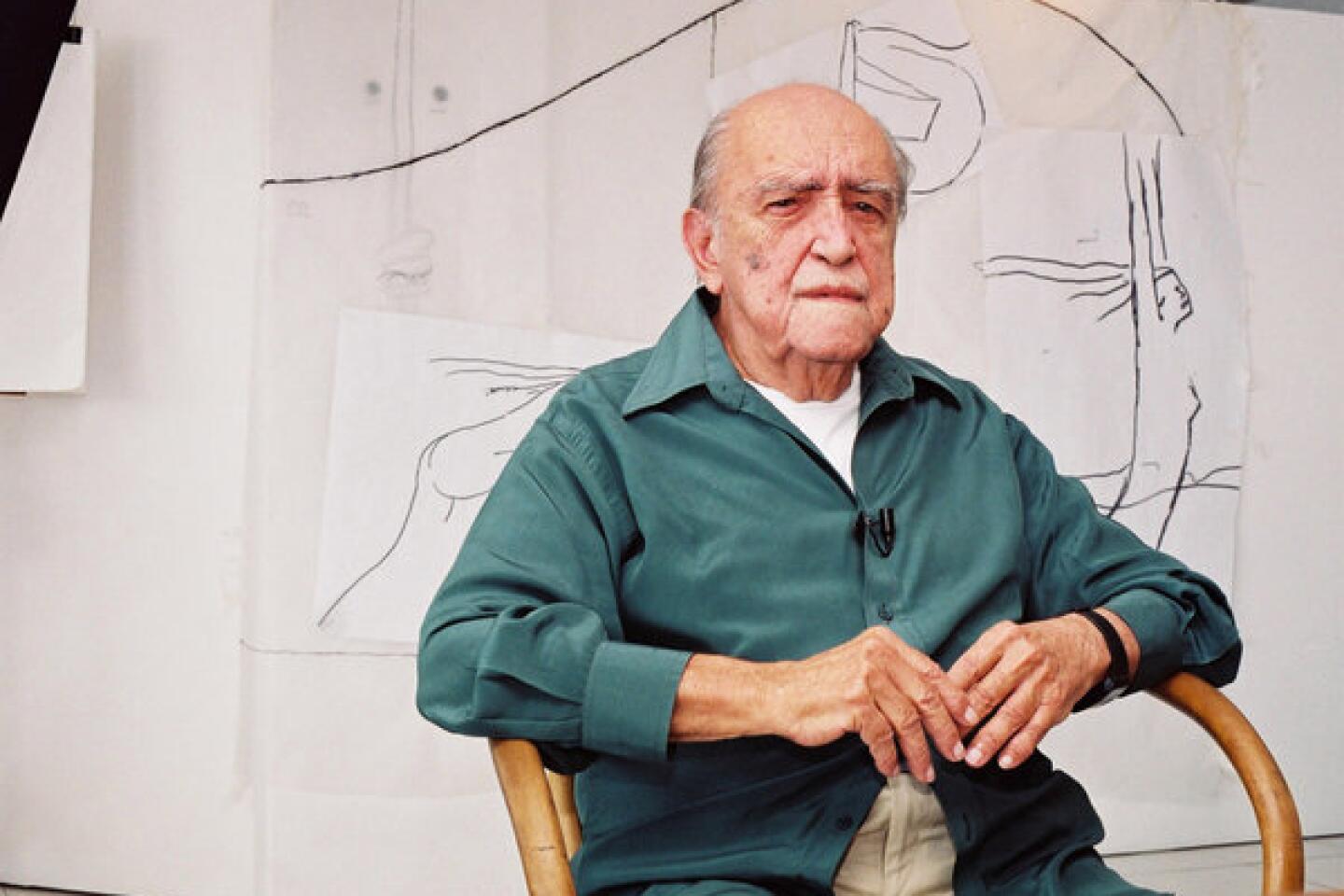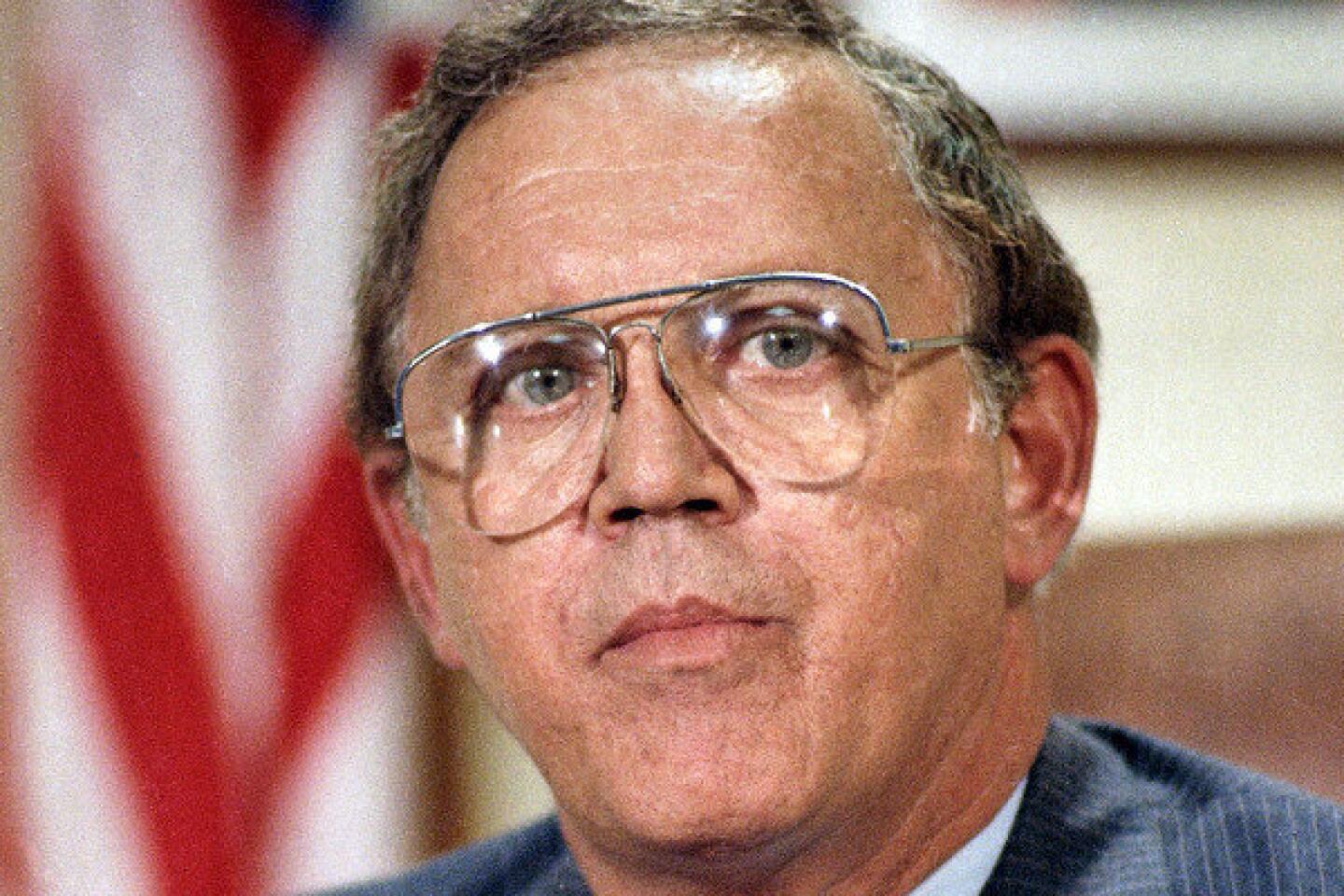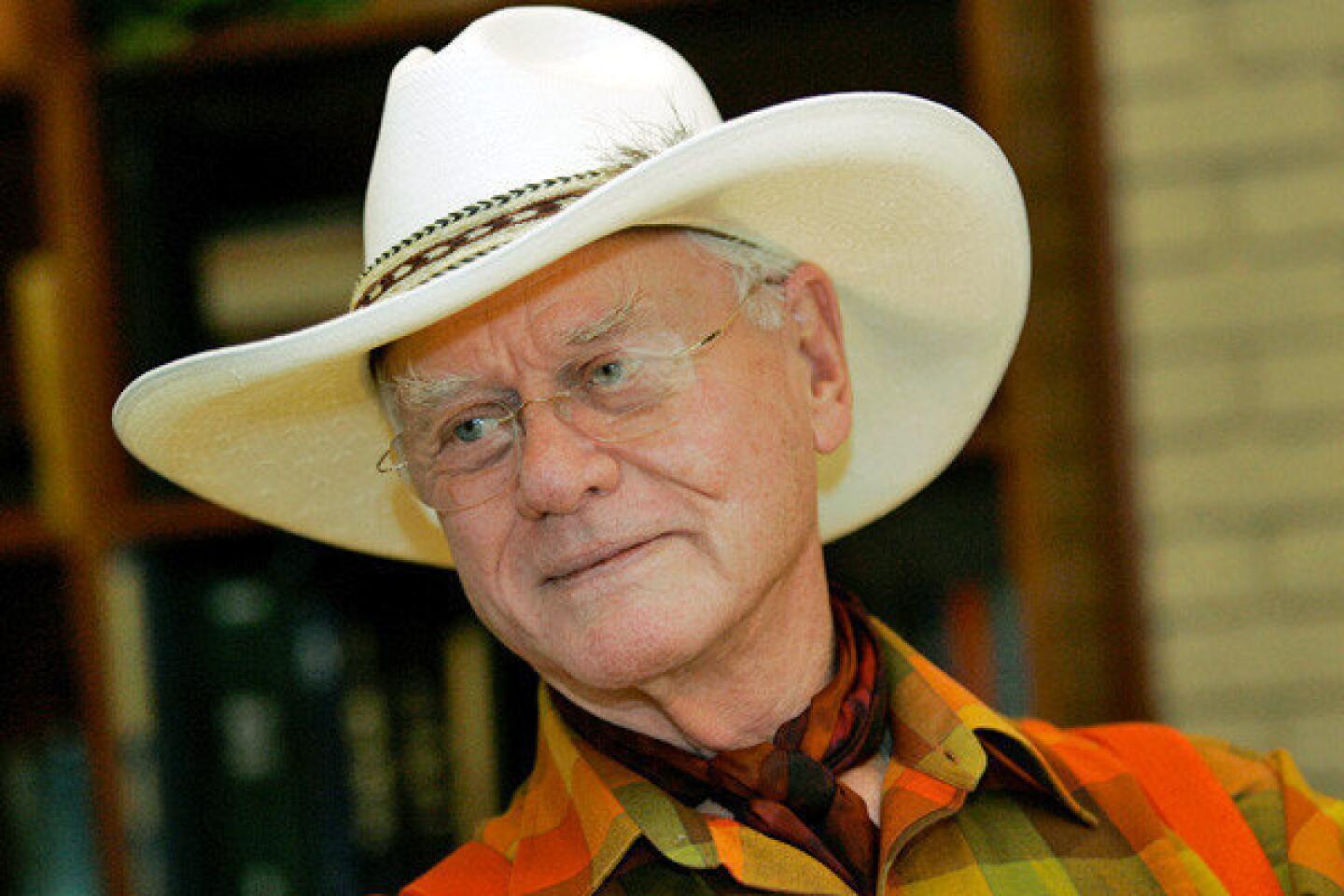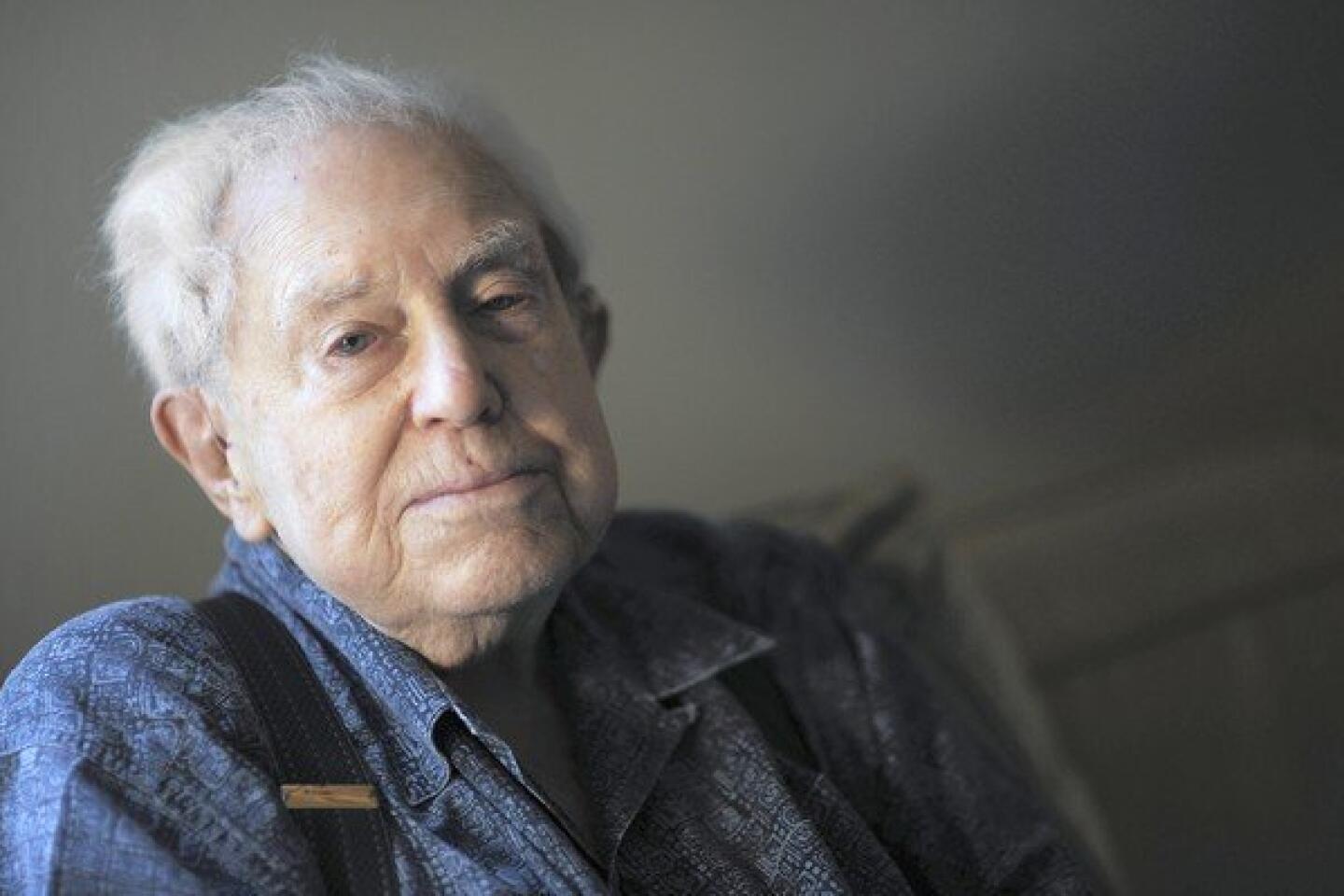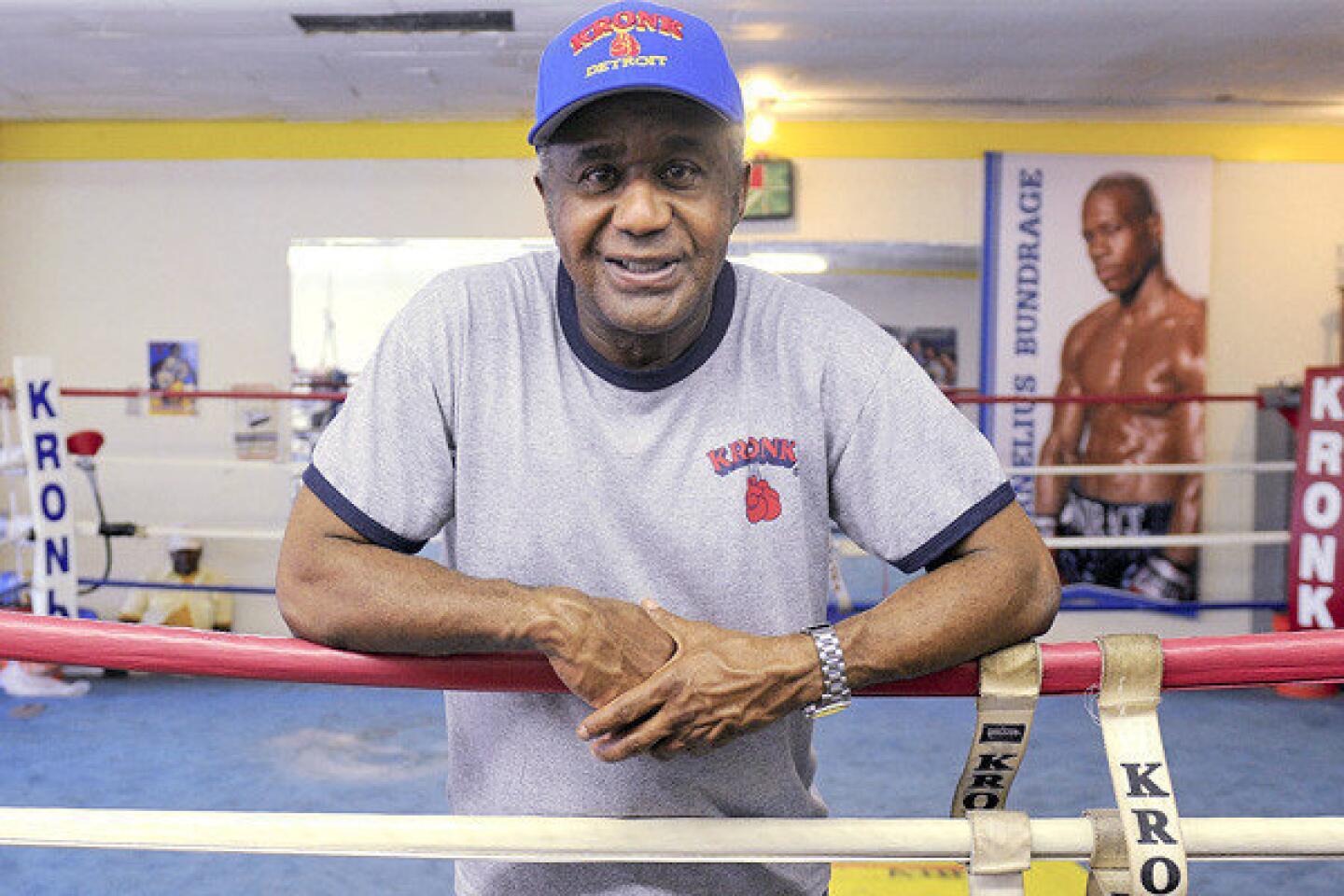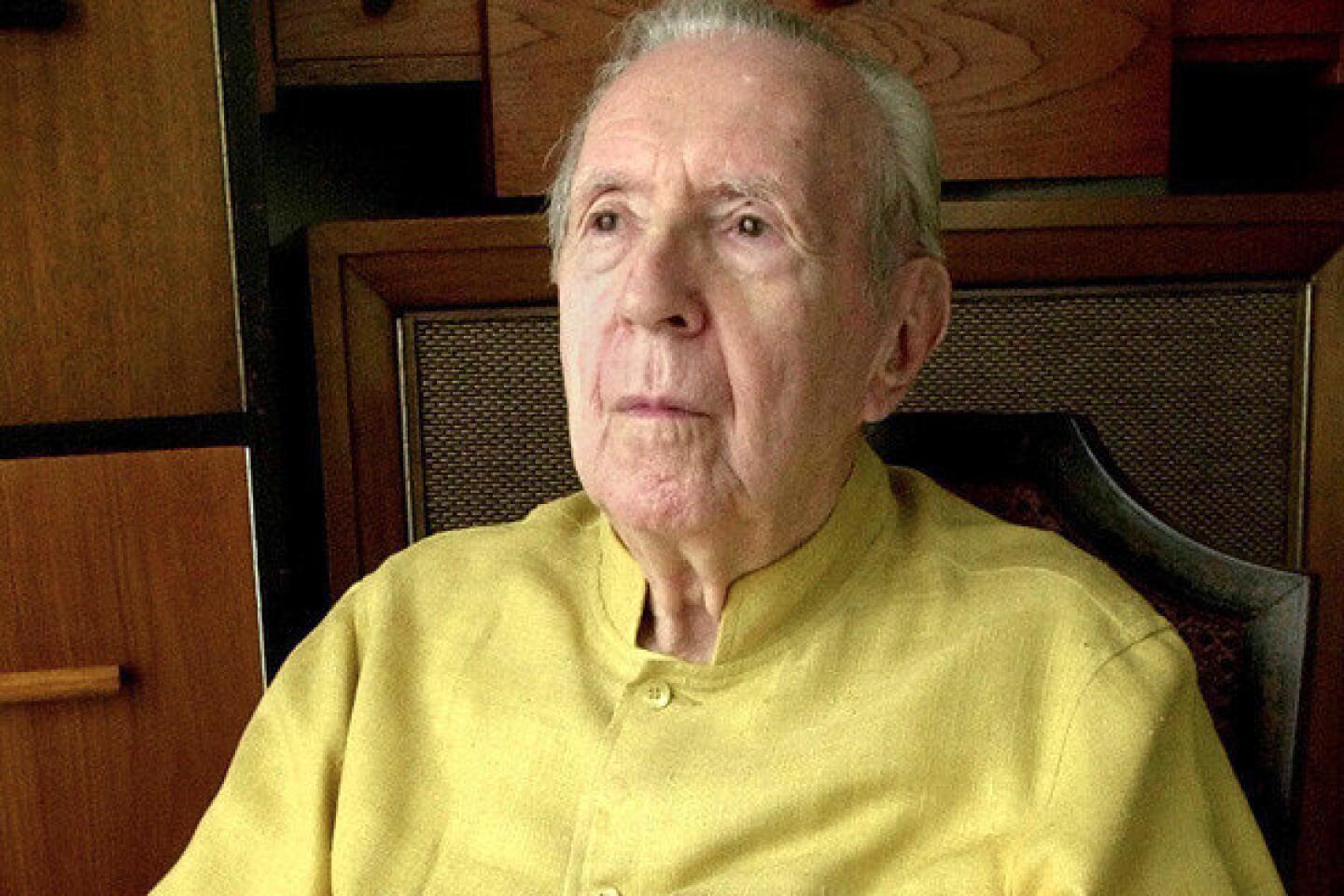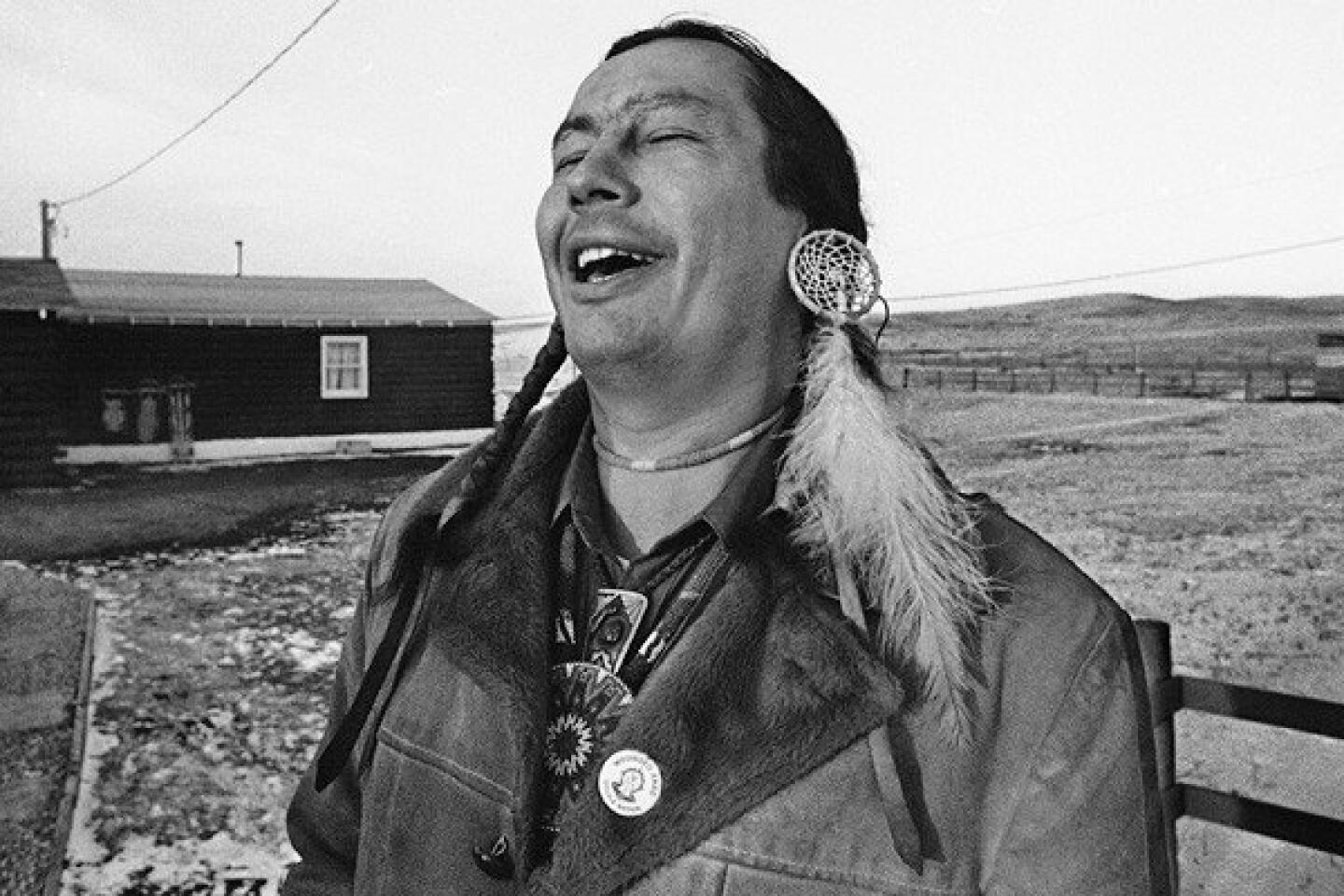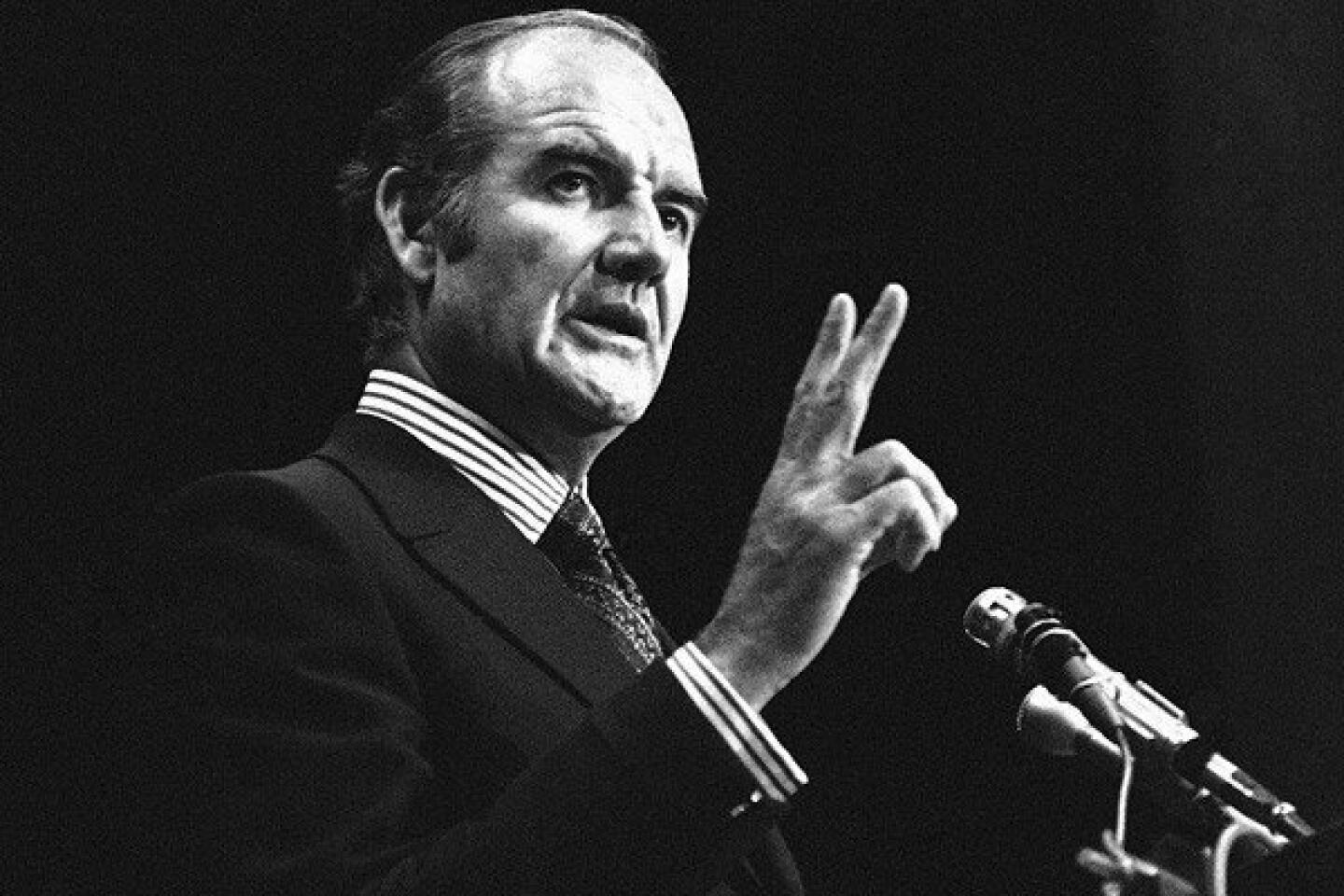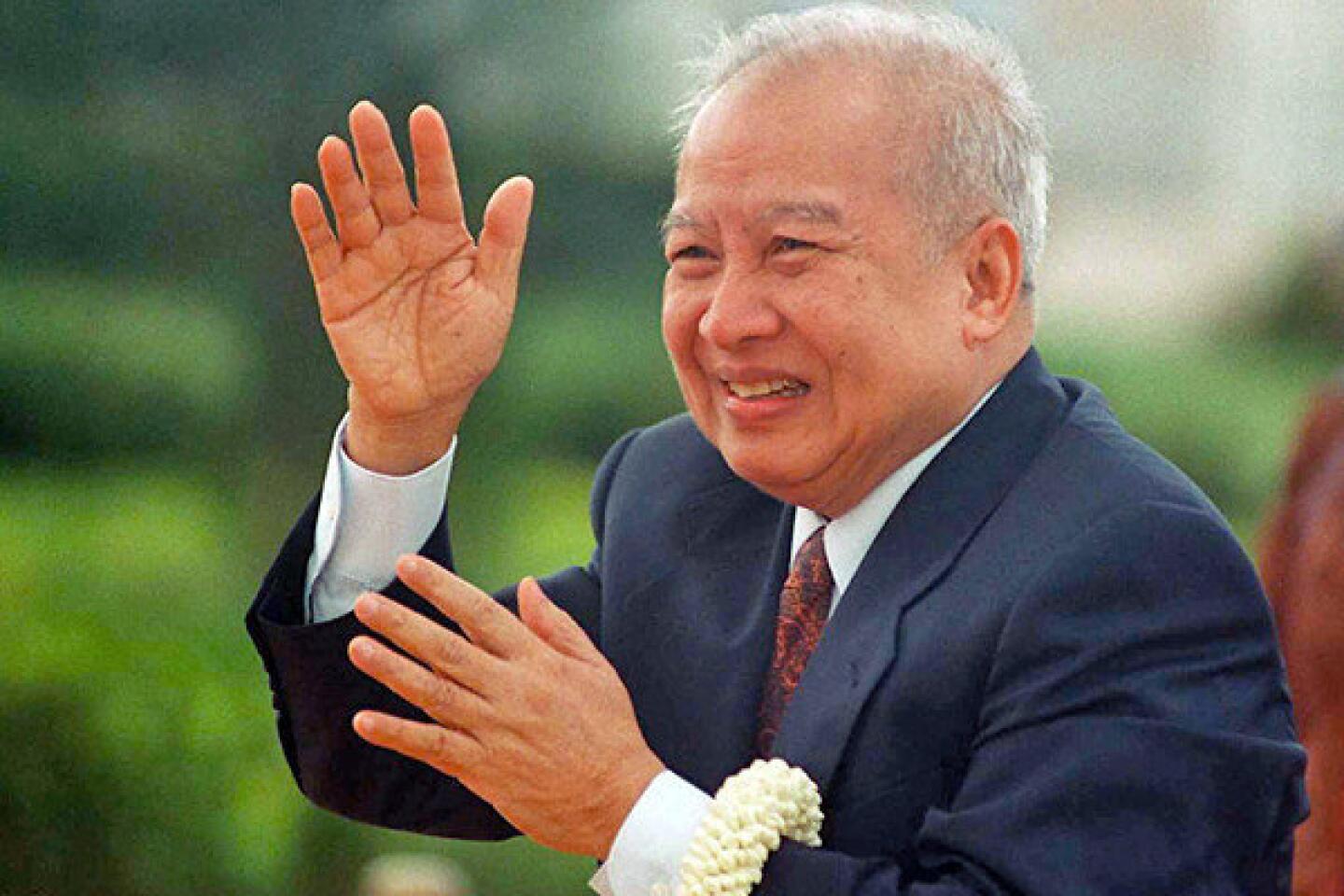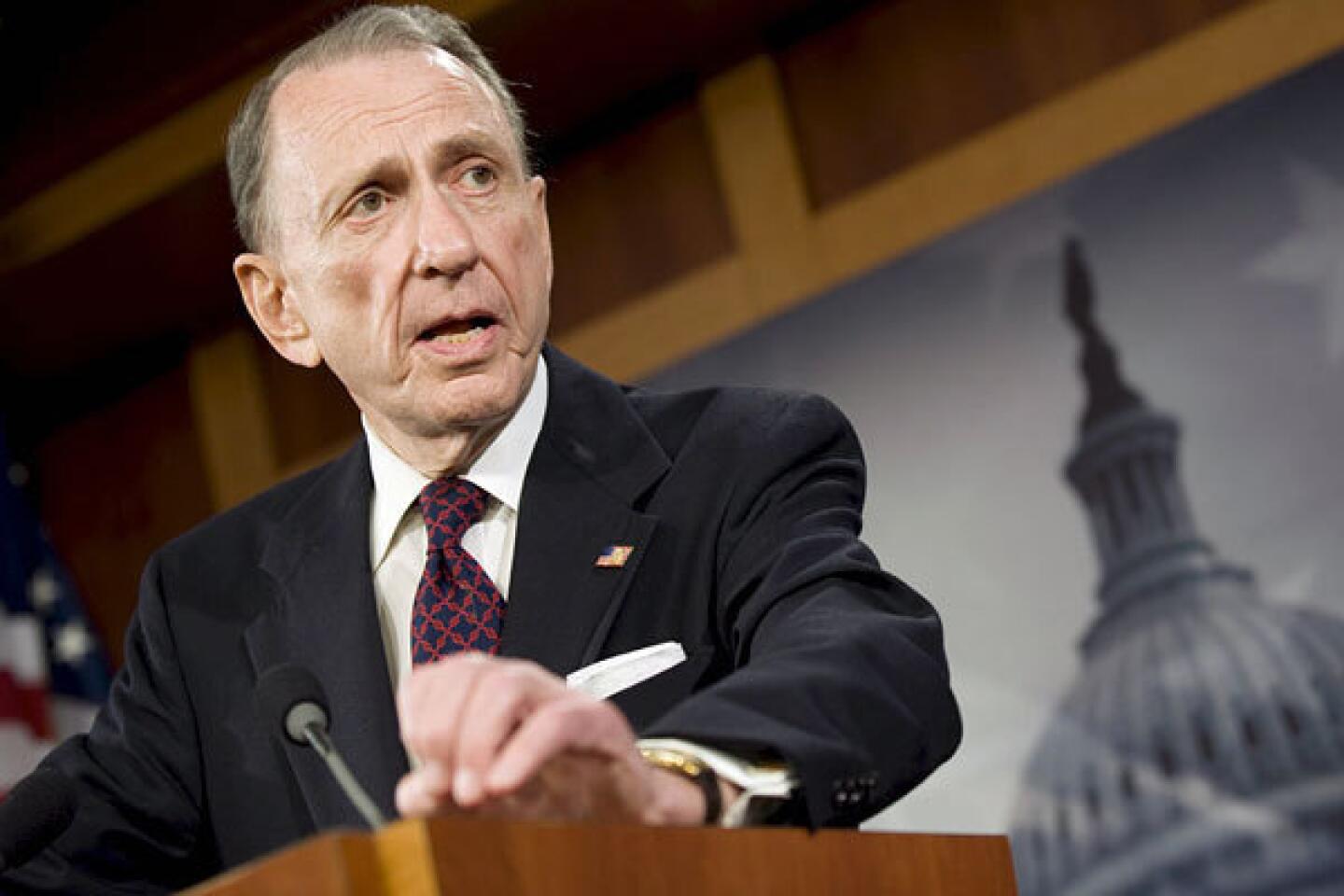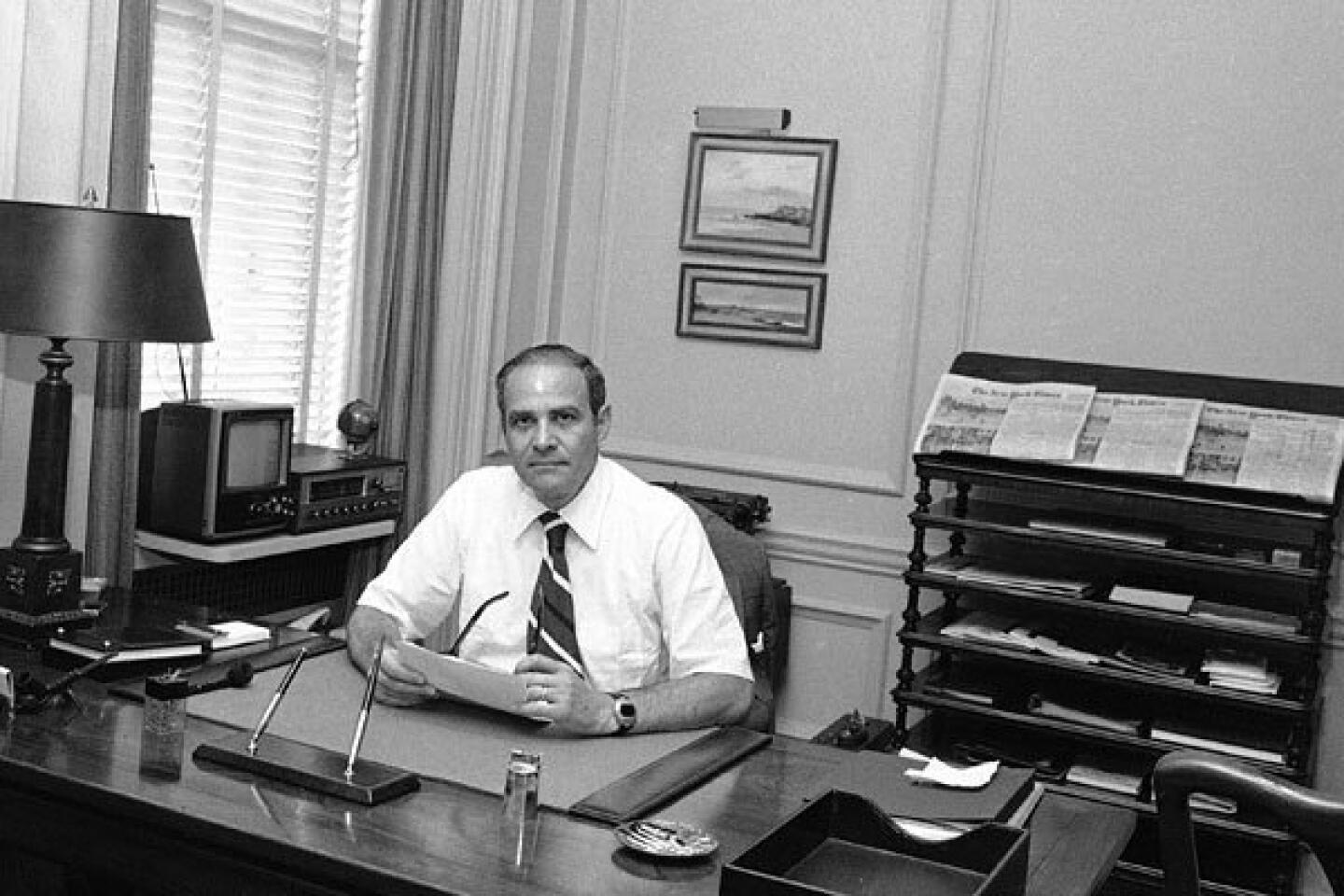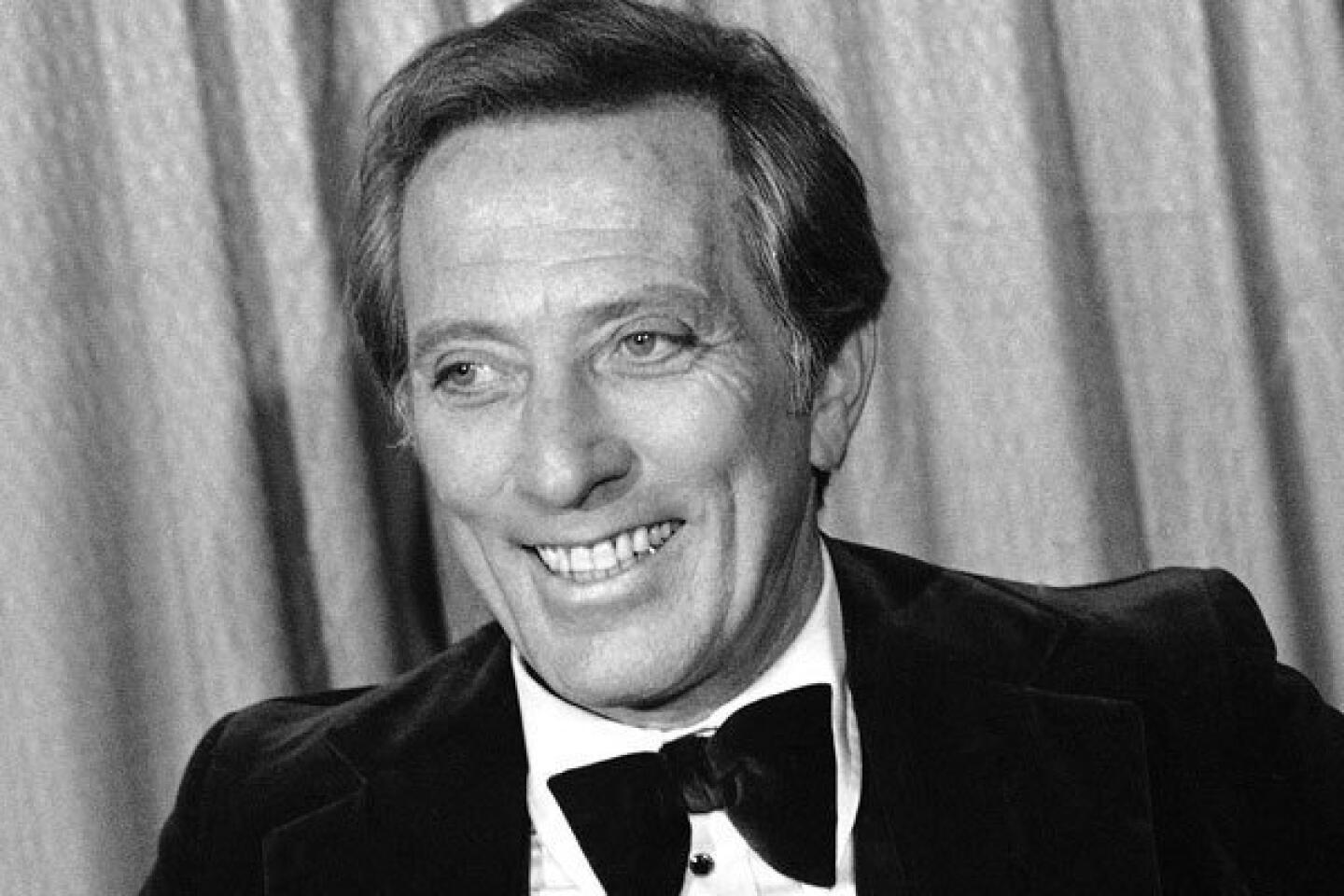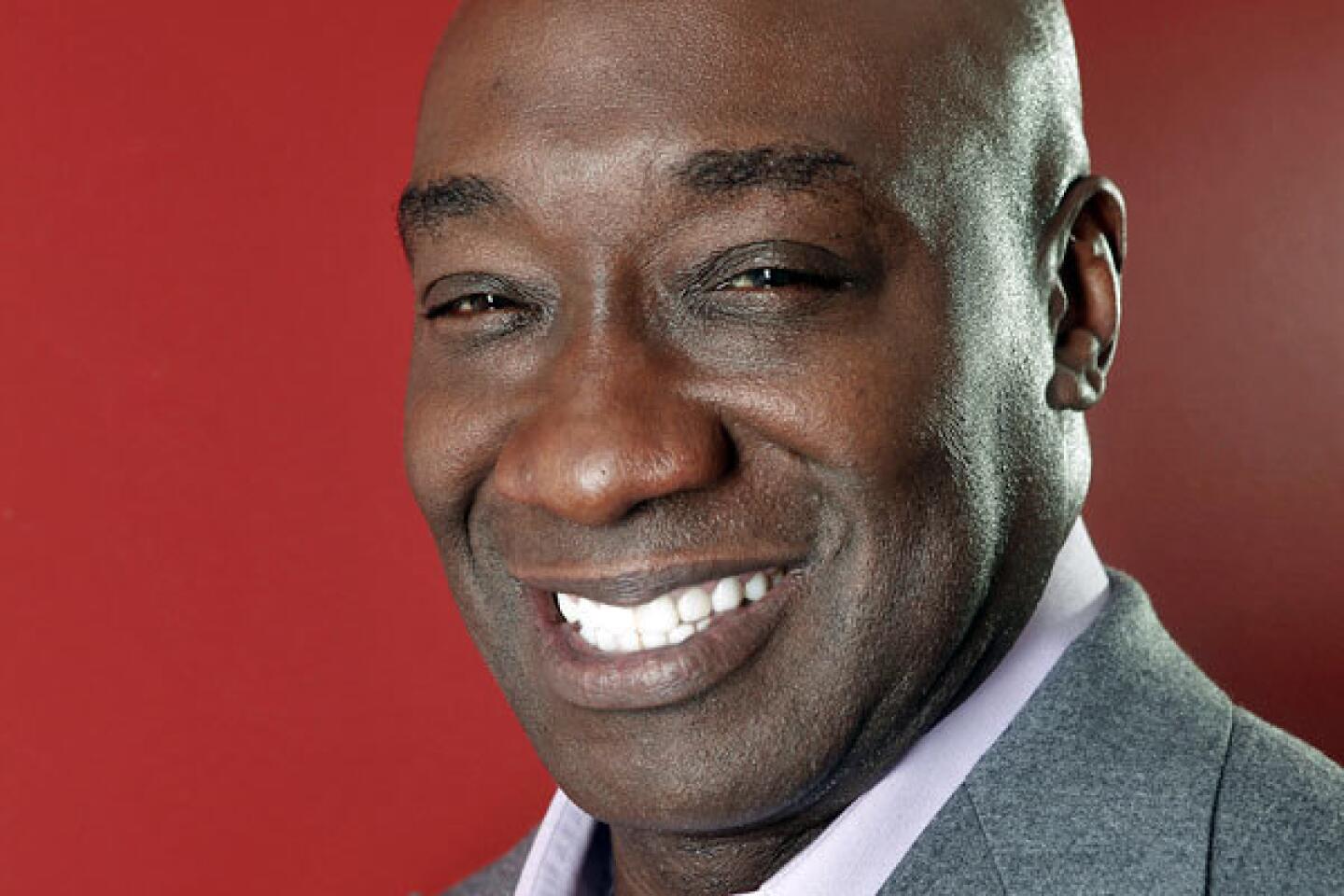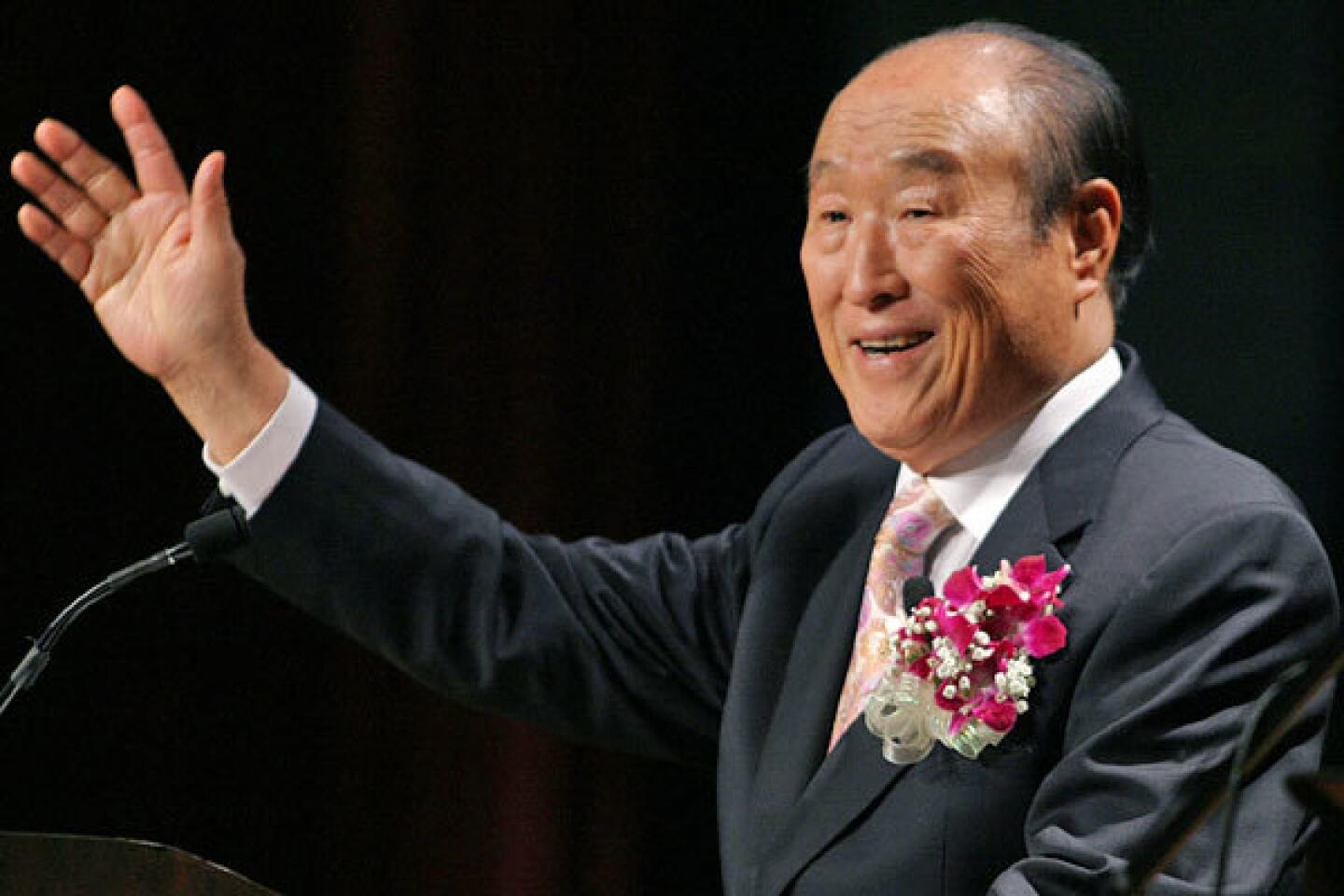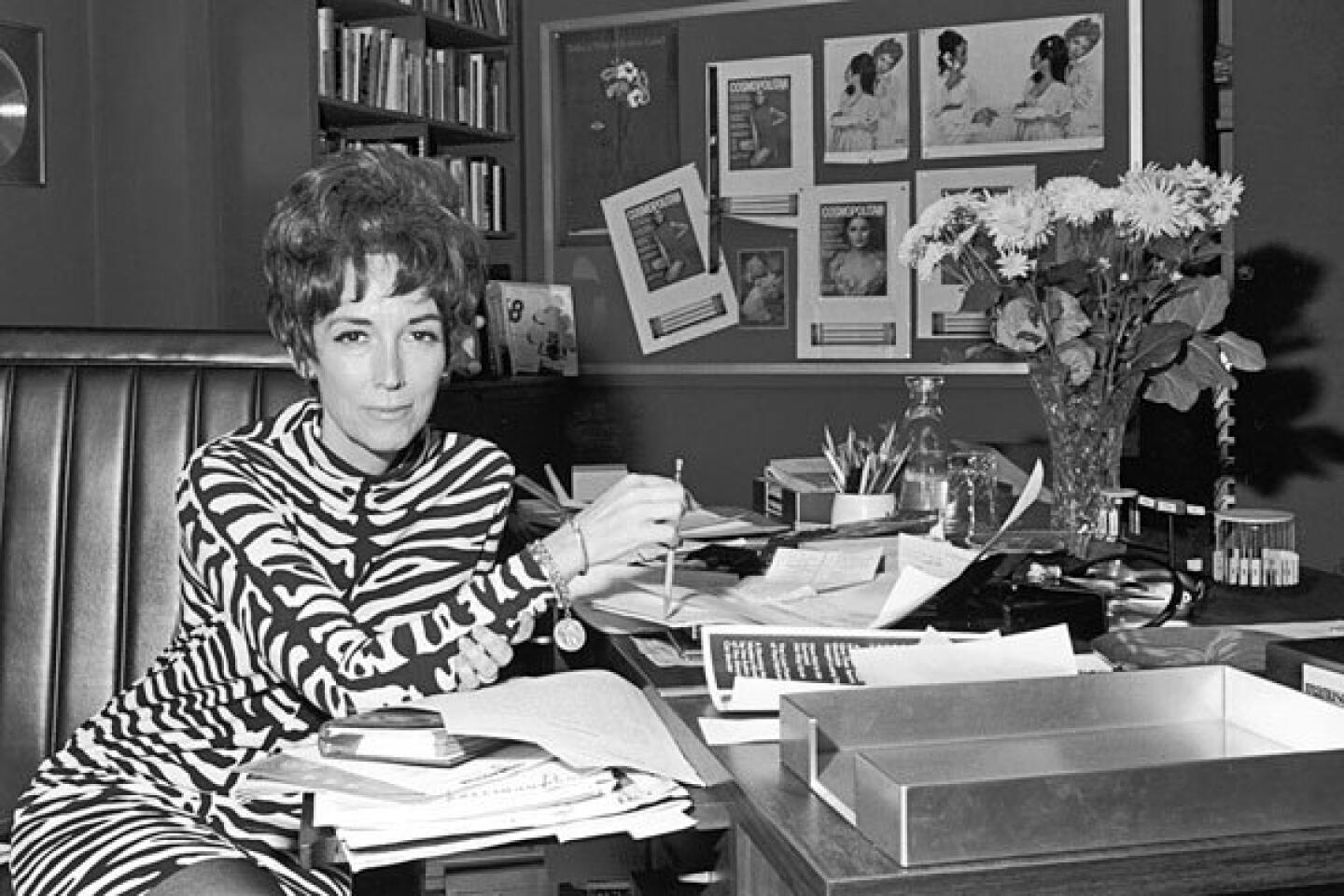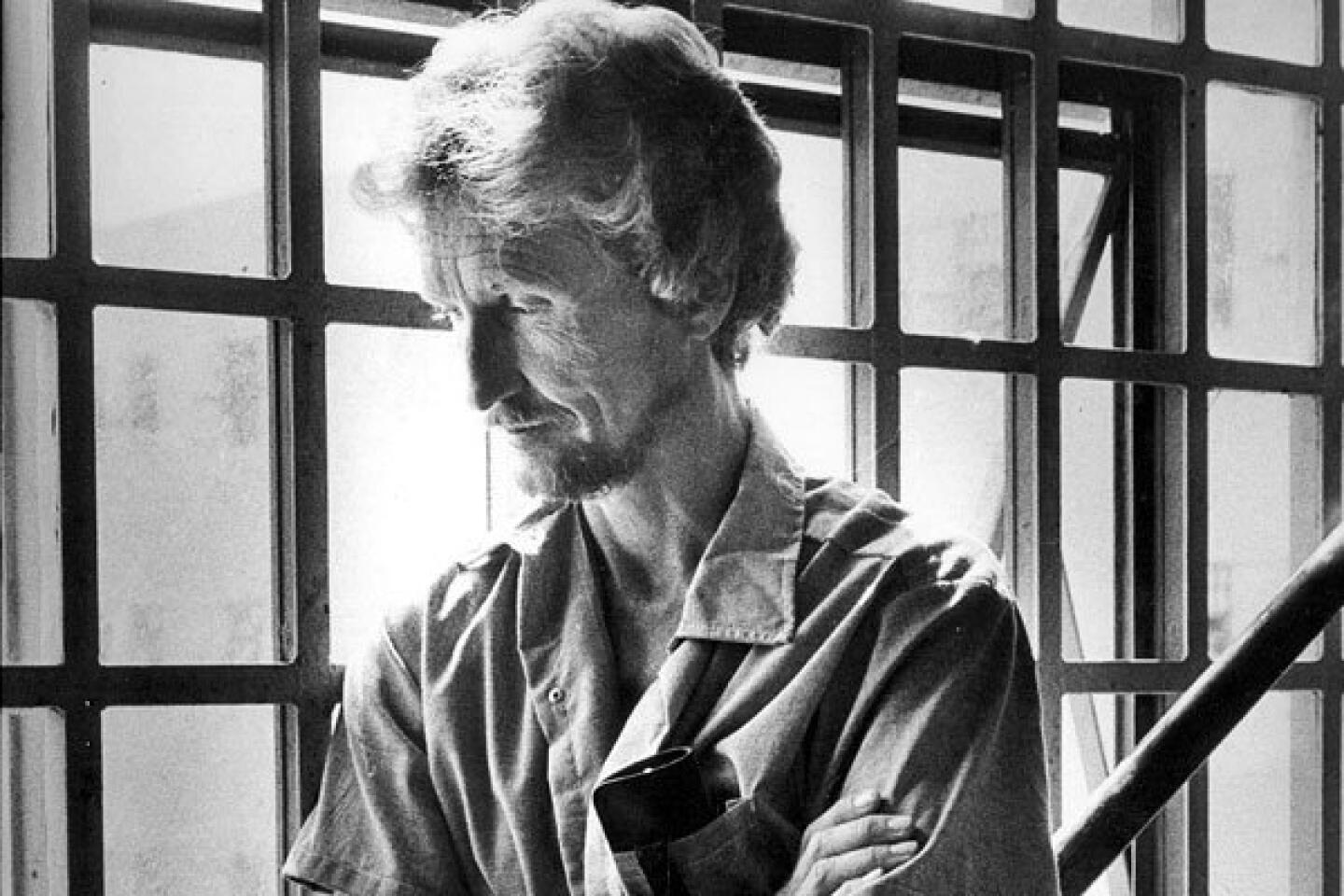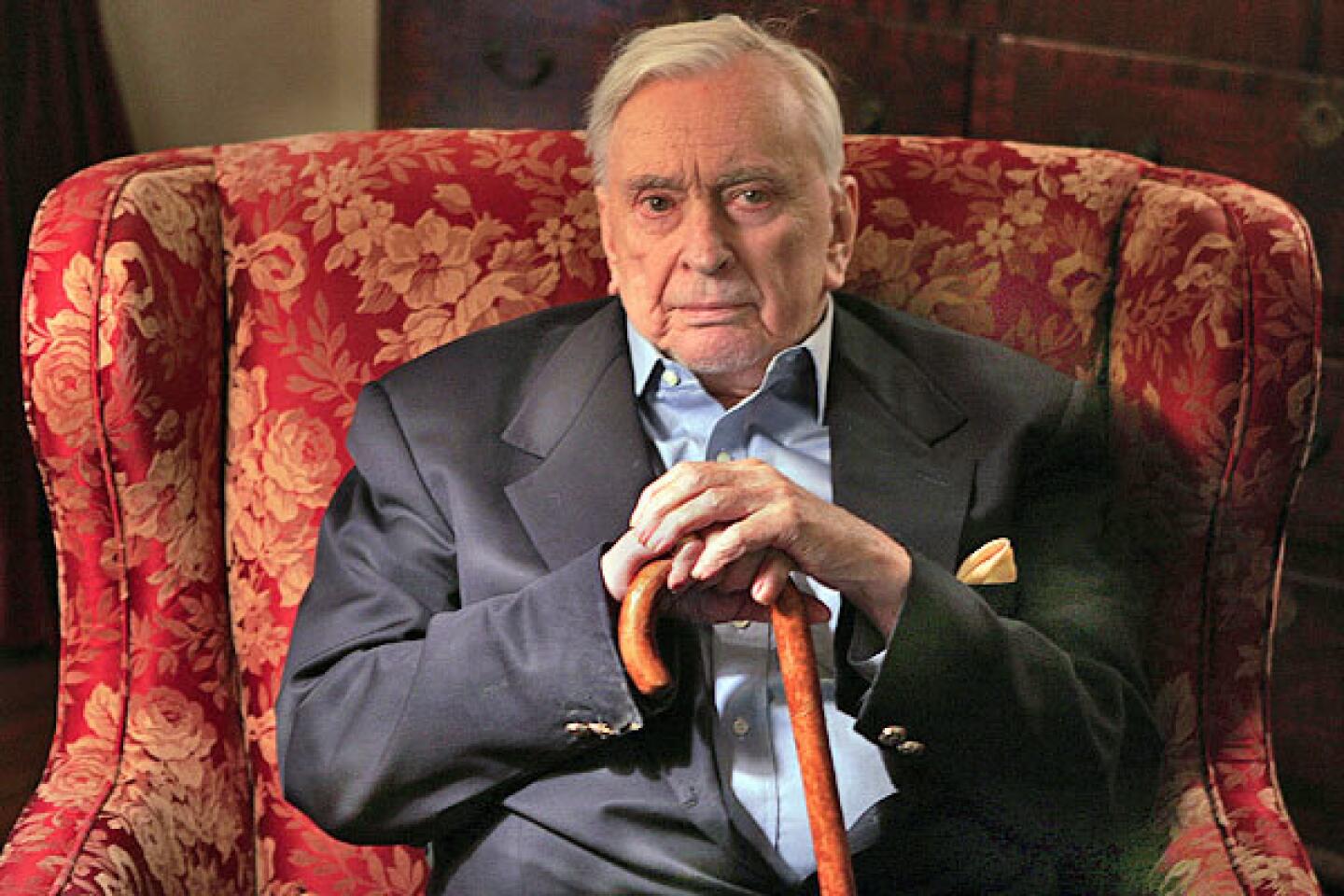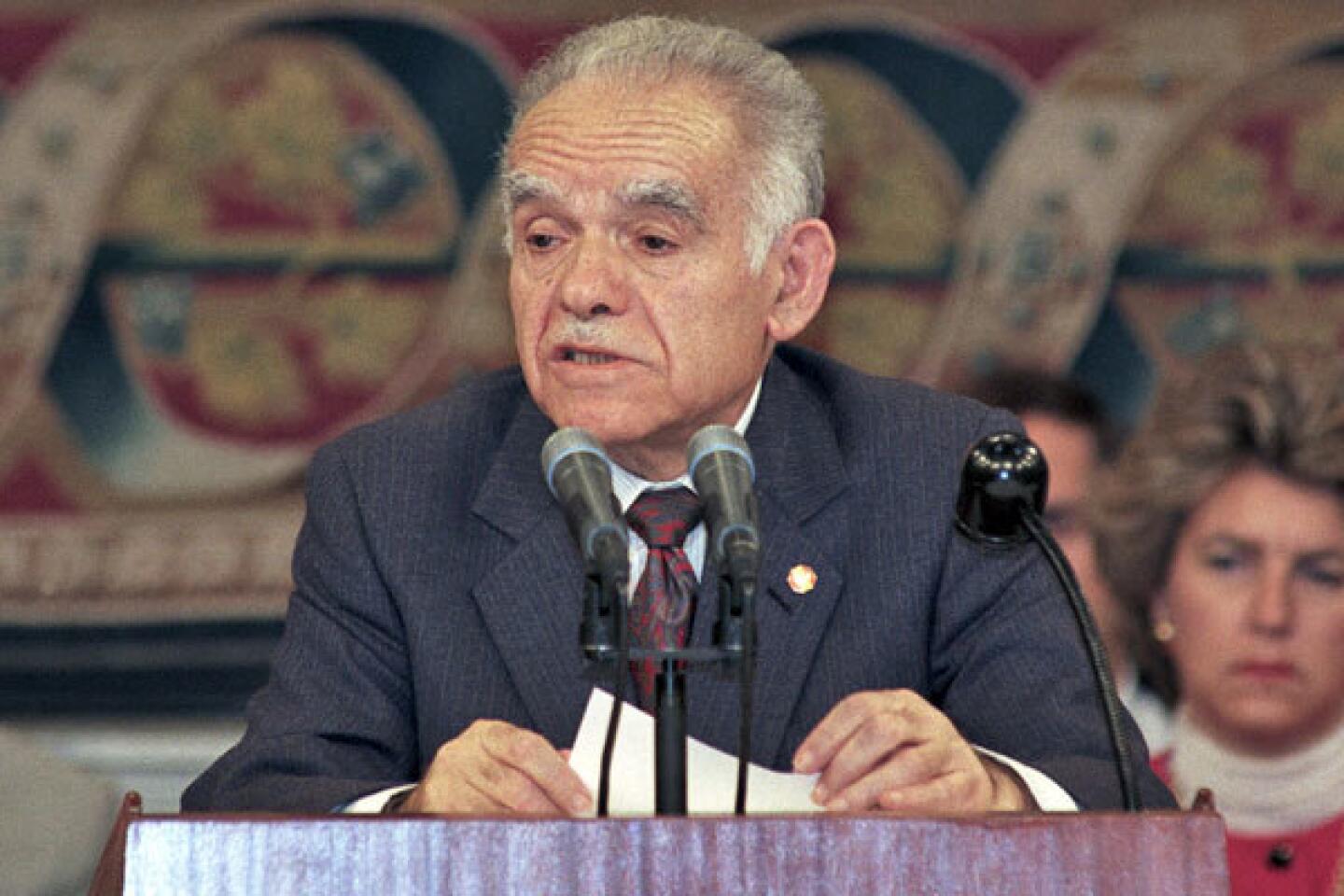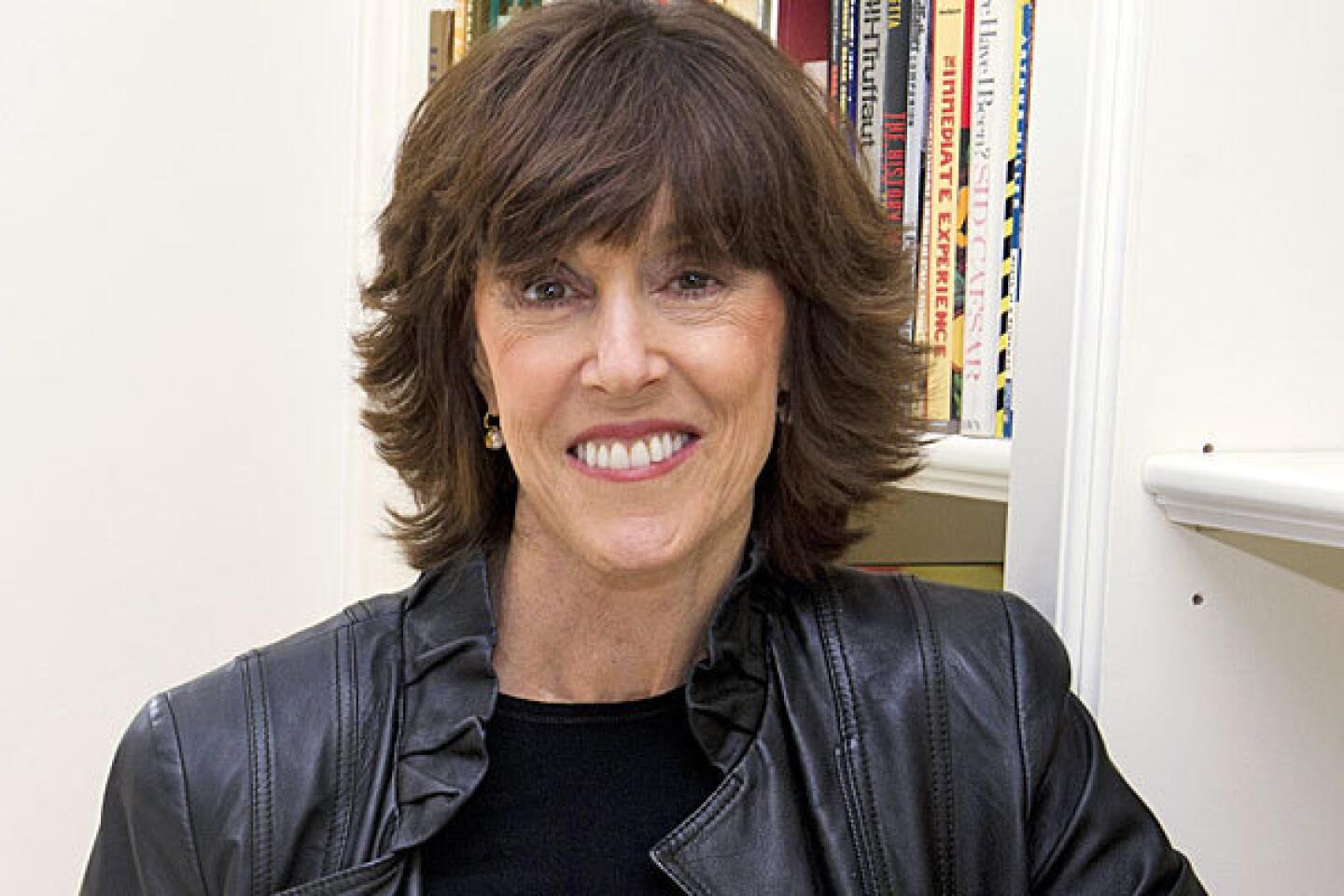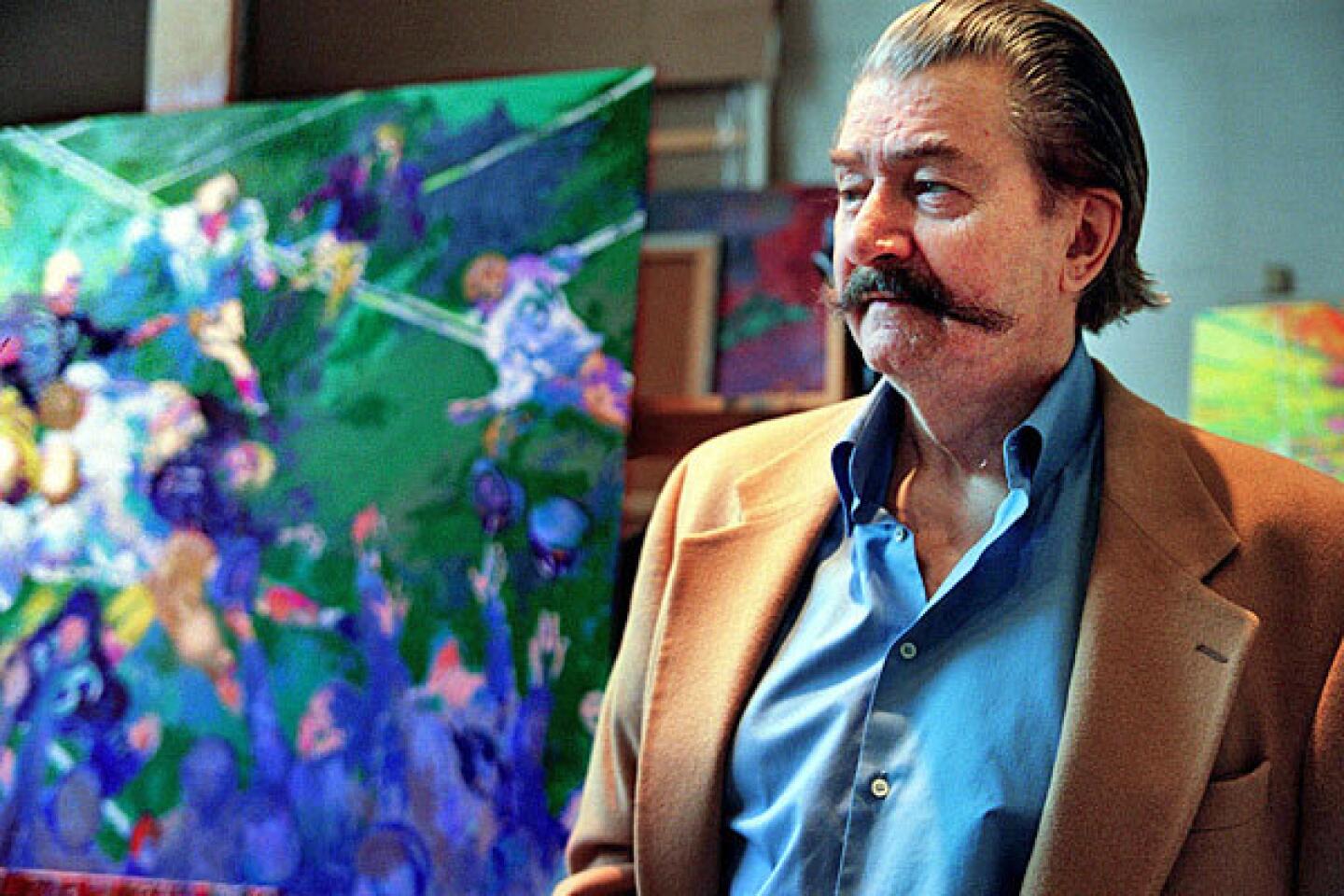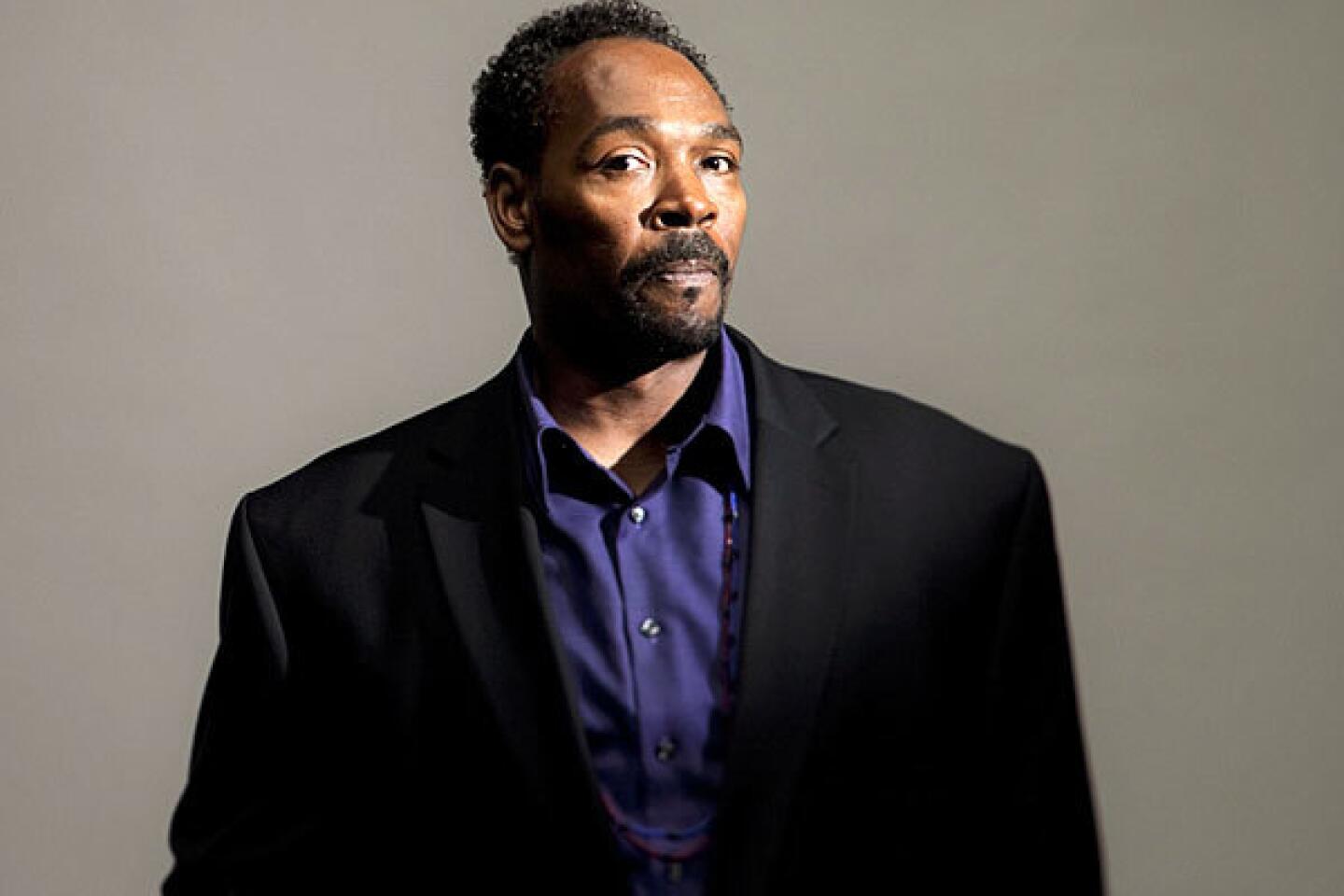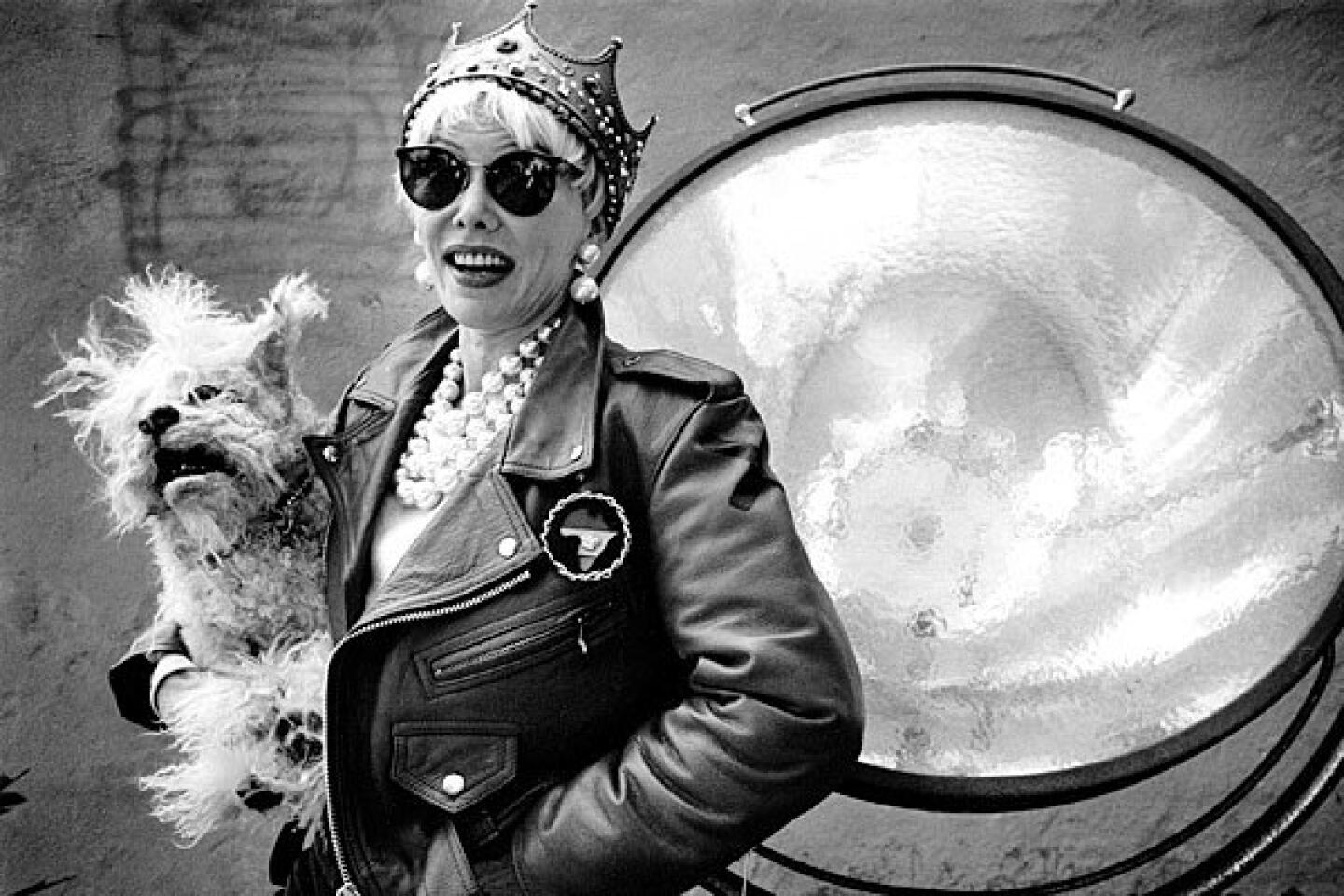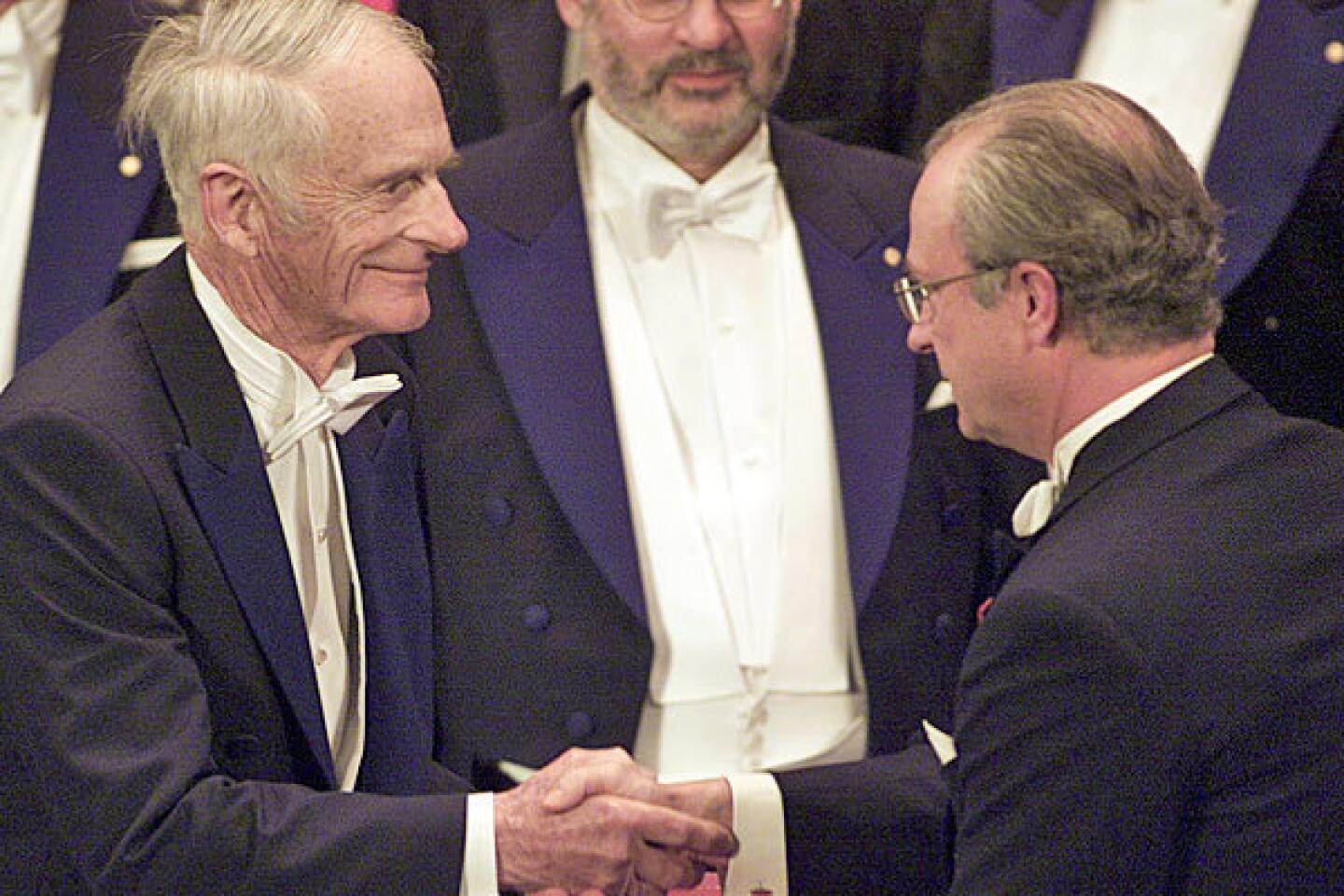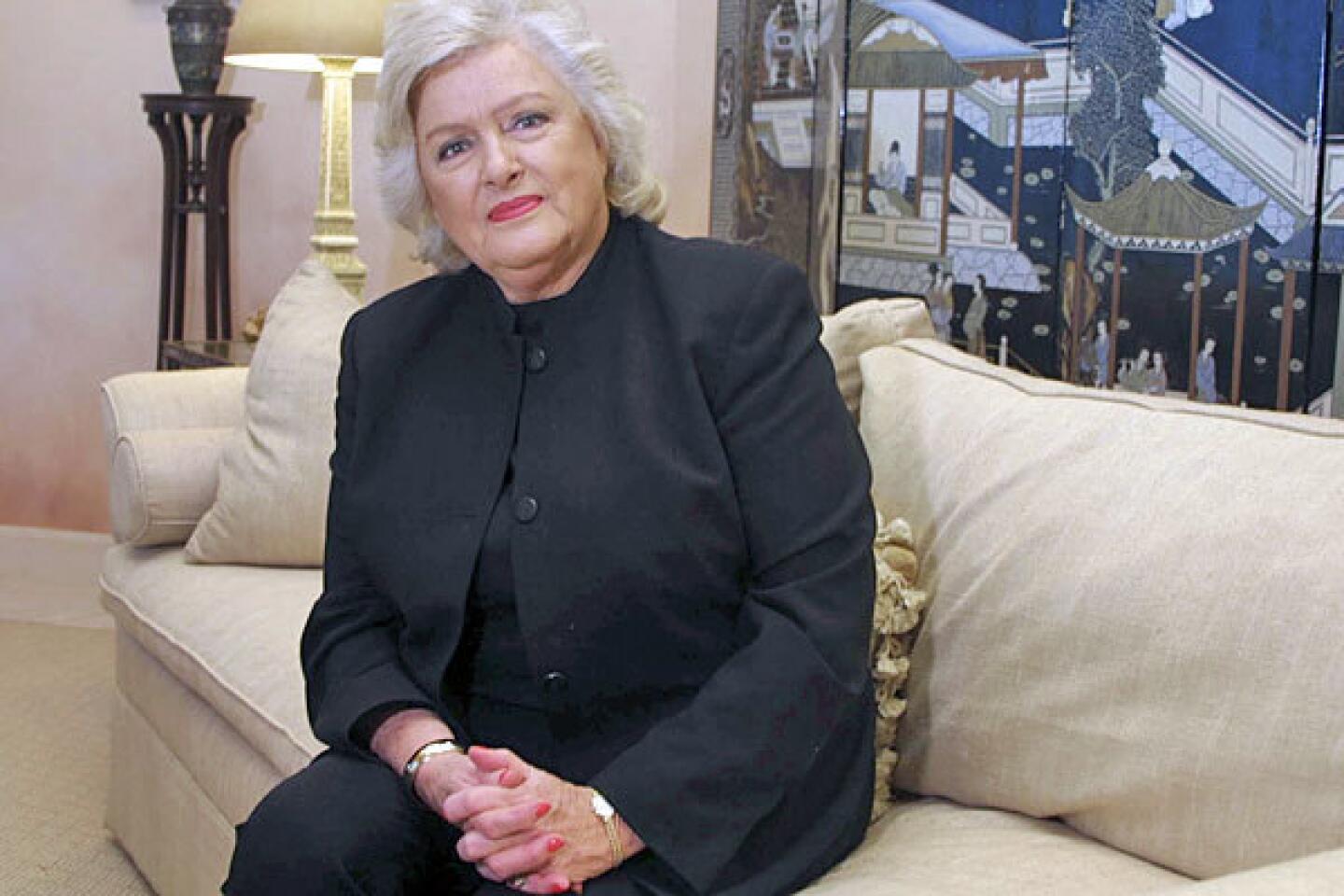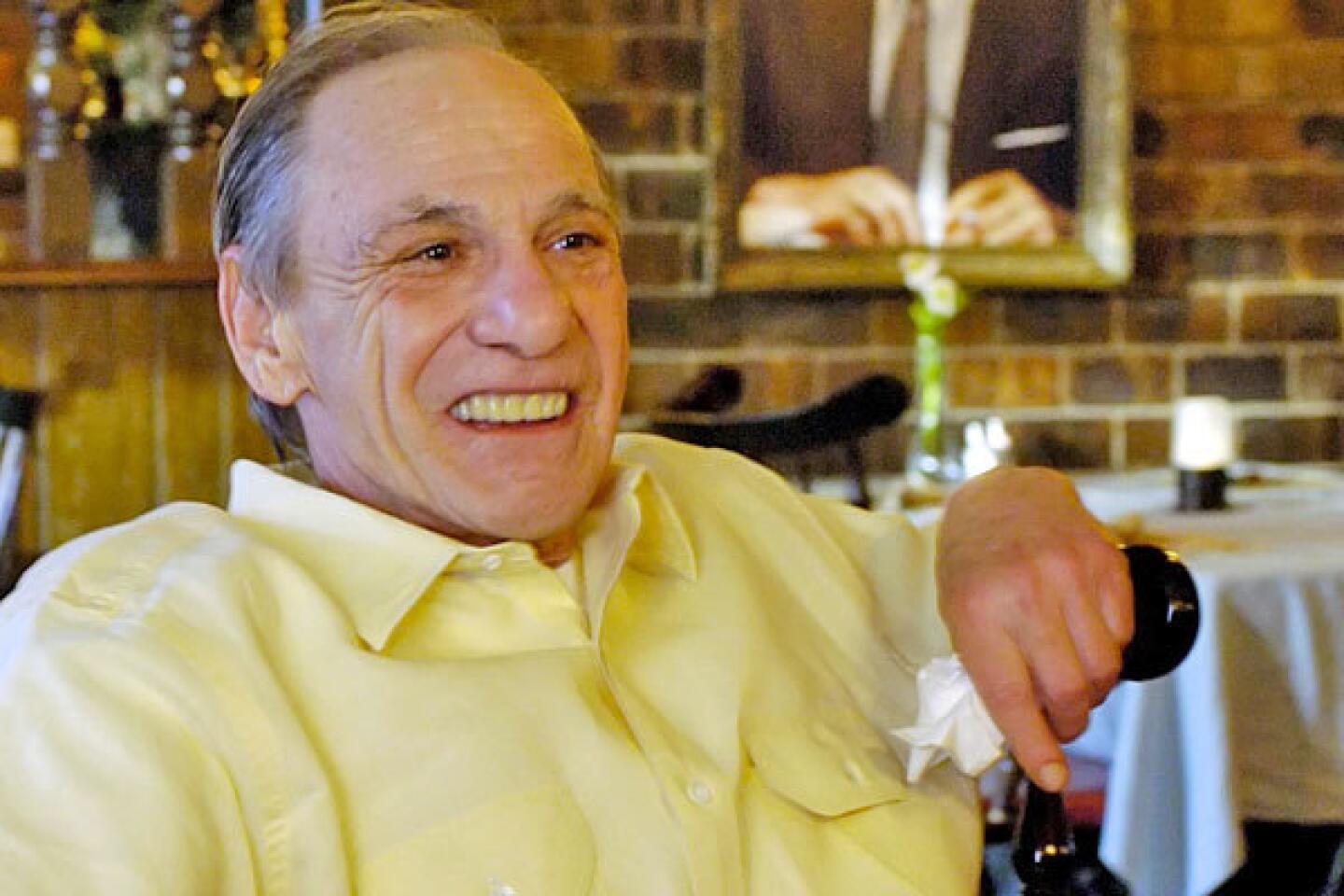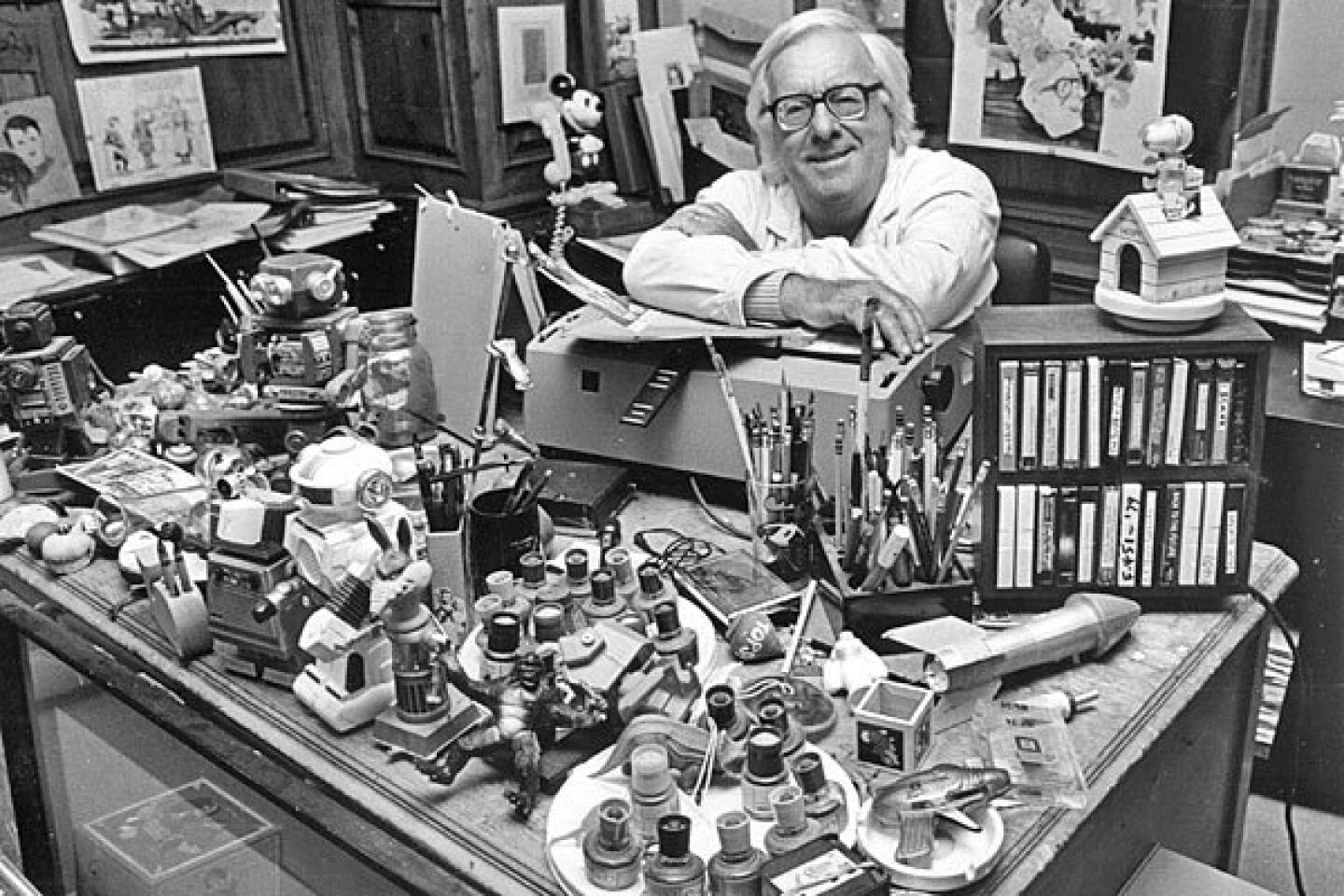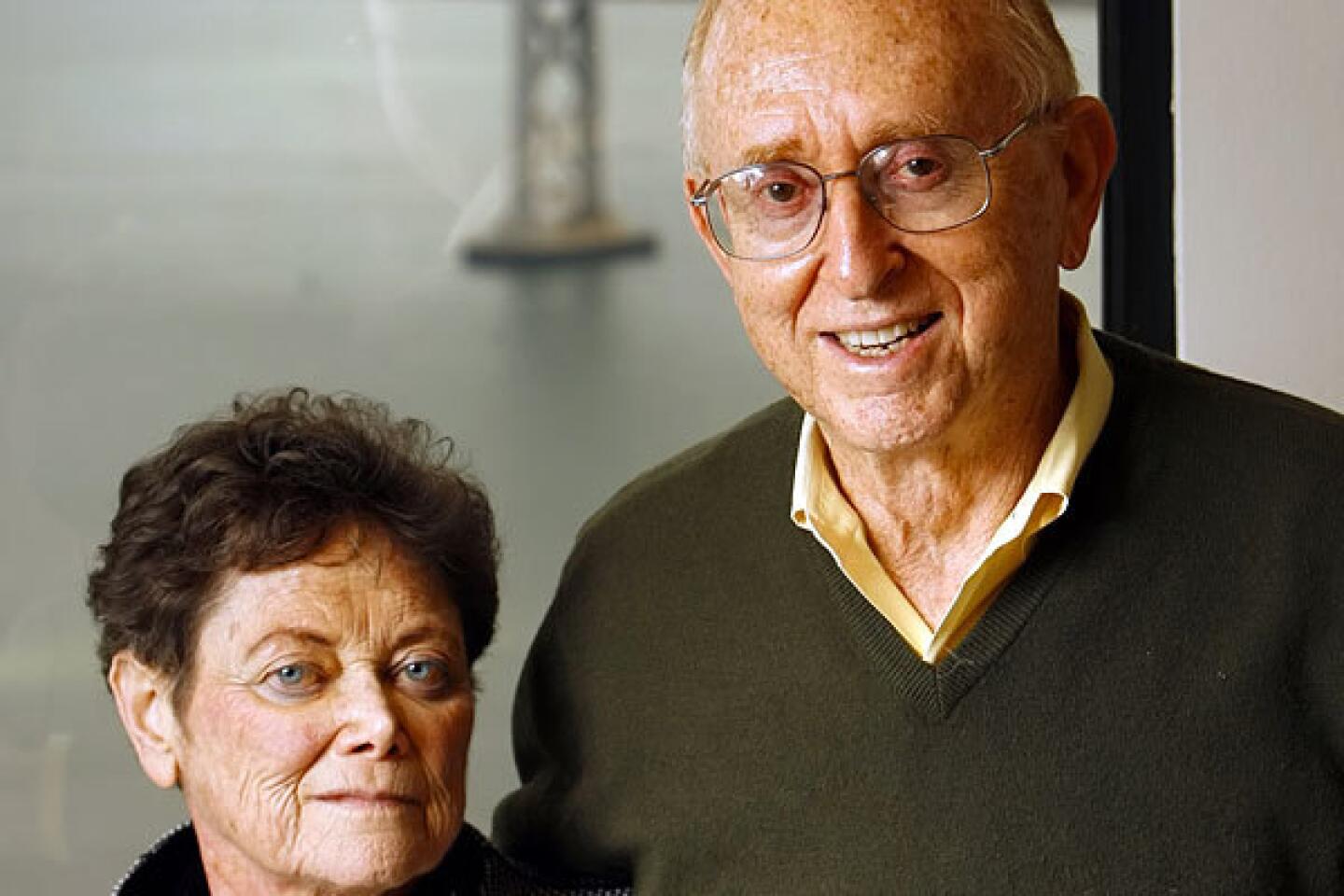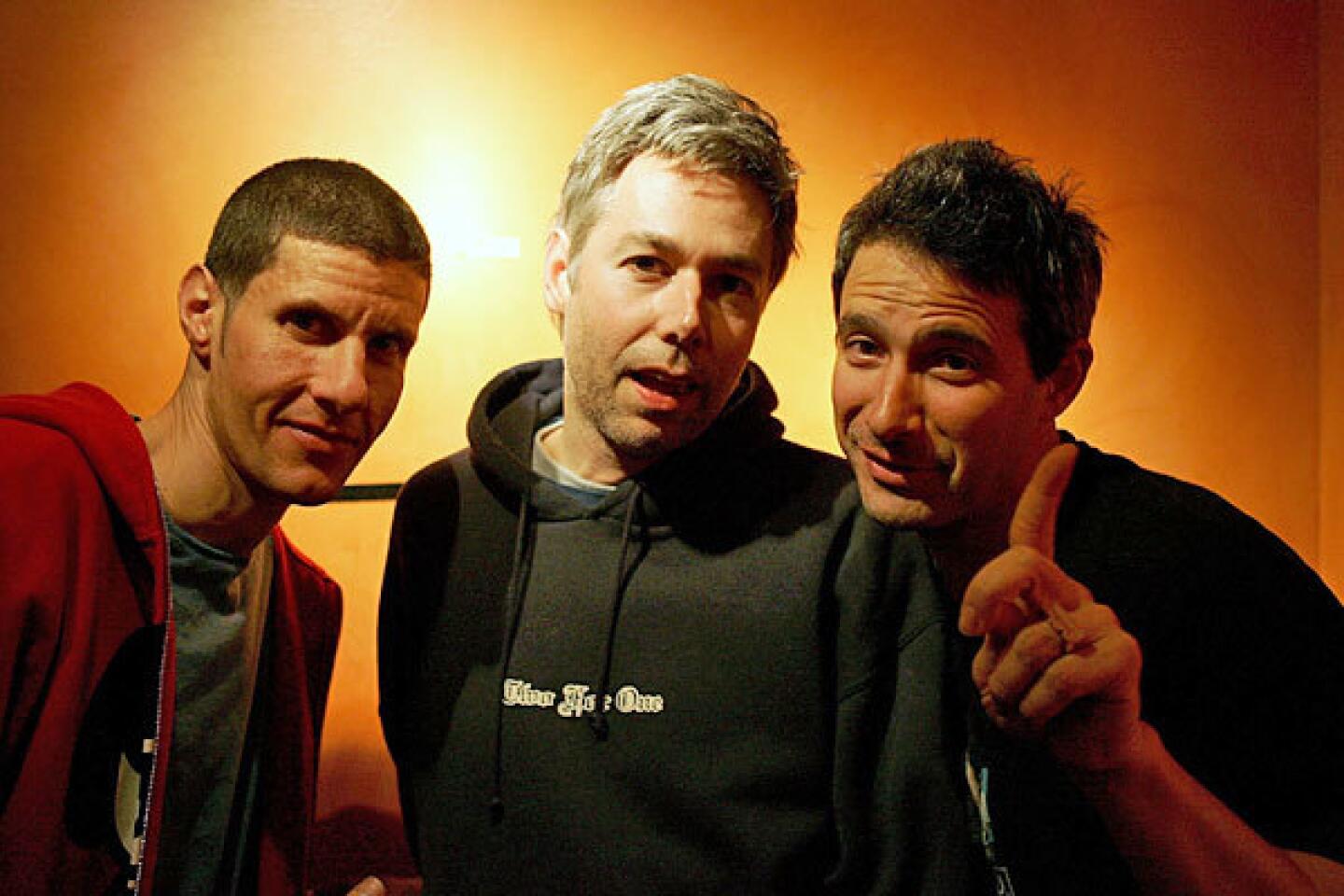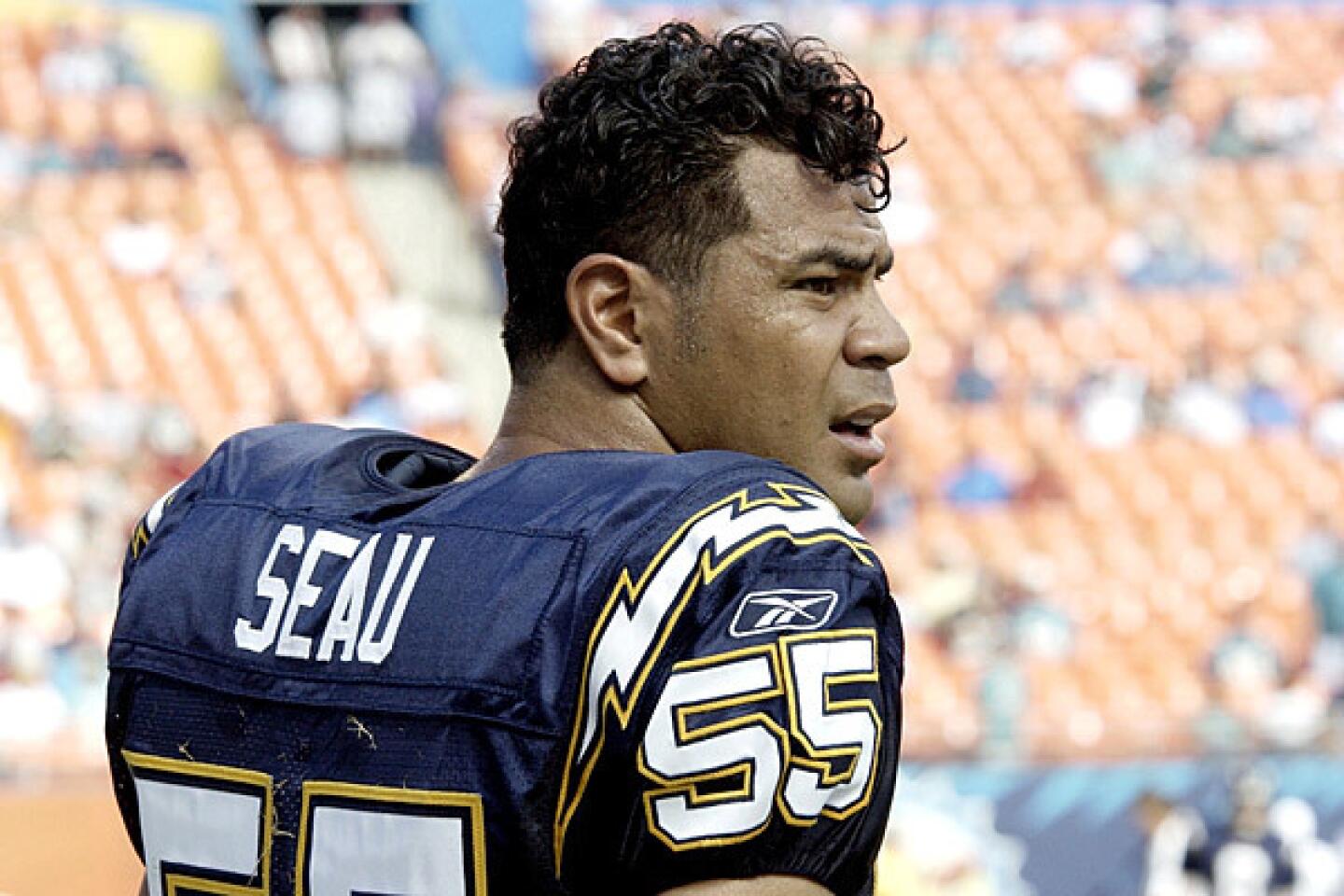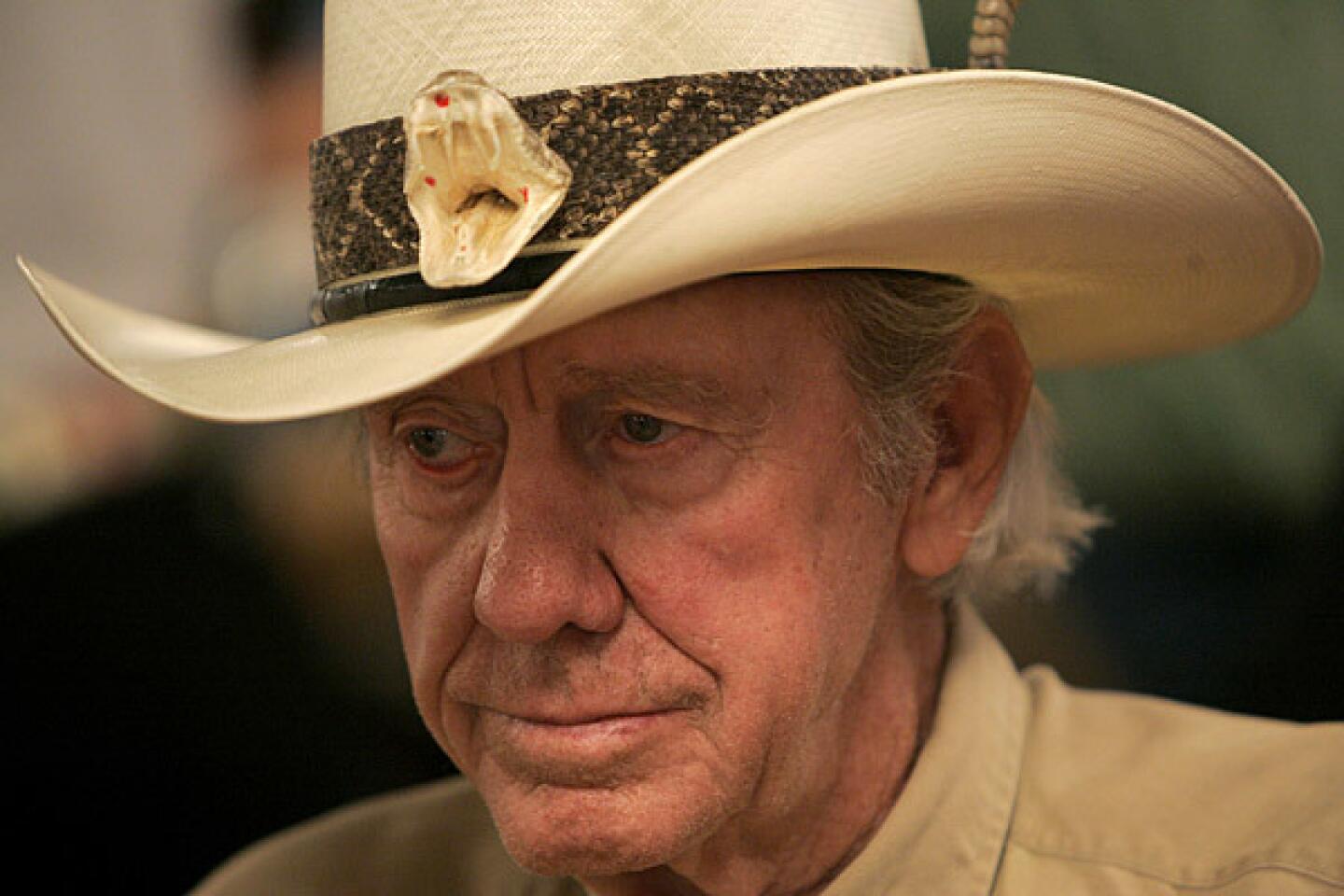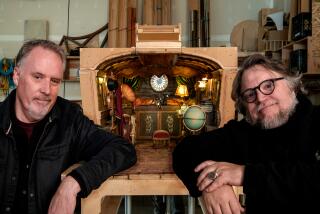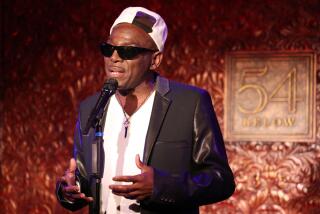PASSINGS: Fyodor Khitruk, James R. Whelan, Arthur Chaskalson
Fyodor Khitruk
Animated Soviet version of ‘Winnie the Pooh’
Fyodor Khitruk, 95, a prominent Russian animator and director who created the Soviet Union’s cartoon version of A.A. Milne’s classic Winnie the Pooh stories, died Monday in Moscow, according to the Russian Animated Film Assn. The cause of death was not specified.
Khitruk was best known for his work aimed at children, such as “Vinni-Pukh,” as Winnie the Pooh is known in Russia. The cartoon series was produced between 1969 and 1972 and continues to air on television.
He was also noted for his take on the Russian version of Pinocchio and “Hedgehog in the Fog,” a cult classic made with collaborator Yuri Norstein.
His adult cartoon work includes “Story of a Crime,” a satire on the difficulties of living in cramped Soviet accommodations. Conceived in the early 1960s during the era of political liberalization fostered by Soviet leader Nikita Khrushchev, it is often credited with launching a renaissance in Soviet animation after two decades of Socialist realism.
Another noteworthy work was “The Island,” a 1973 film depicting modern man’s alienation that received the Palme d’Or at the Cannes Film Festival.
Khitruk was born in 1917 in the Russian city of Tver, north of Moscow. In 1931, he moved with his family to Germany and studied at a commercial art school in Stuttgart.
He was inspired to become an animator after seeing the Walt Disney cartoon “The Three Little Pigs.” After returning to the Soviet Union, he joined Soyuzmultfilm, the influential Moscow animation studio, in 1937.
He later established his own school of animated film studies. At 91, he published a two-volume set of books on animation, an art form he once described as “the shortest distance between thought and manner.”
James R. Whelan
Washington Times editor and publisher
James R. Whelan, 79, a veteran journalist who became the first editor and publisher of the Washington Times, launched in 1982 by the Rev. Sun Myung Moon’s controversial South Korea-based Unification Church, and was ousted two years later, died Saturday in Miami of multiple organ failure, according to his family.
Whelan was vice president and editor of the conservative Sacramento Union when he was approached by top Moon aide Bo Hi Pak about helping to start the Washington Times. Pak, who headed the church’s media operation, News World Communications, courted the respected editor vigorously over a period of weeks. Whelan said he was so conflicted about the offer that he had a mild heart attack. “I believed very strongly in the need for the paper,” he told the Washington Post in 1982. “But I didn’t want to do it.”
Promised editorial independence and a hefty raise, Whelan oversaw a staff of 125 editors and reporters, many of whom were seasoned journalists recruited from the defunct Washington Star, which had stopped publishing the year before. About a third of the staff belonged to the Unification Church.
Under Whelan’s leadership, the paper’s circulation reached nearly 100,000 and was read daily by the White House staff. Founded as an alternative to the Washington Post, it scored some exclusives, including a story on President Reagan’s decision to seek reelection.
In 1983, the Post described its fledgling rival as “a colorful, well-illustrated newspaper that offers largely strait-laced national reporting, a lively feature section called Capital Life, modest efforts at metropolitan coverage, scattershot foreign coverage and a zealous, uncompromising commitment to conservative principles on the editorial and commentary pages.”
In 1984, Whelan was forced out as editor and publisher. At a news conference, he cited as the chief reason his refusal to give up control to “senior members of the Unification Church,” beginning with Pak.
Other top editors at the paper denied Whelan’s charges, with some suggesting that his departure was prompted by his extravagant contract demands.
Born in Buffalo, N.Y., on July 27, 1933, Whelan dropped out of the University of Buffalo to work as a copy boy at the Buffalo Courier-Express. From the late 1950s through the 1970s, he was a foreign correspondent covering Latin America, first for United Press and later for Scripps-Howard.
He later wrote several books on Latin America, including one on the history of Chile.
Arthur Chaskalson
Defense attorney for Nelson Mandela
Arthur Chaskalson, 81, a South African jurist who defended Nelson Mandela and rose to become the first chief justice of the newly democratic country’s Constitutional Court under President Mandela, died of leukemia Saturday in Johannesburg, according to South African media reports.
Praised by South African President Jacob Zuma for his contributions during “a life inseparable from South Africa’s march to freedom,” Chaskalson rose to prominence as one of the four lawyers representing Mandela and other leaders of the African National Congress in the Rivonia trial in 1963-64, when the anti-apartheid activists charged with sabotage and other crimes faced the death penalty.
Chaskalson and the other lawyers won life sentences for their clients. Mandela served 27 years in prison before his release in 1990 and was elected president in 1994.
That year Chaskalson, who helped draft South Africa’s interim constitution, was appointed the first president of the newly established Constitutional Court, which was created as part of a system of checks and balances on Parliament. Its first major decision was to abolish the death penalty.
“Everyone, including the most abominable of human beings, has a right to life,” wrote Chaskalson, who, like six other justices on the 11-member court, was white.
Born in Johannesburg on Nov. 24, 1931, Chaskalson earned degrees in commerce and law from the University of the Witwatersrand. He left his private practice to become a human rights lawyer and established the Legal Resources Center, a nonprofit that helped protect the rights of poor blacks.
Before helping to draft South Africa’s Constitution, he was a consultant in the writing of a constitution for Namibia, which gained independence from South Africa in 1990.
In 2001, Chaskalson was named chief justice of his country’s highest court, a position he held until his retirement in 2005.
— Los Angeles Times staff and wire reports
More to Read
Start your day right
Sign up for Essential California for the L.A. Times biggest news, features and recommendations in your inbox six days a week.
You may occasionally receive promotional content from the Los Angeles Times.


